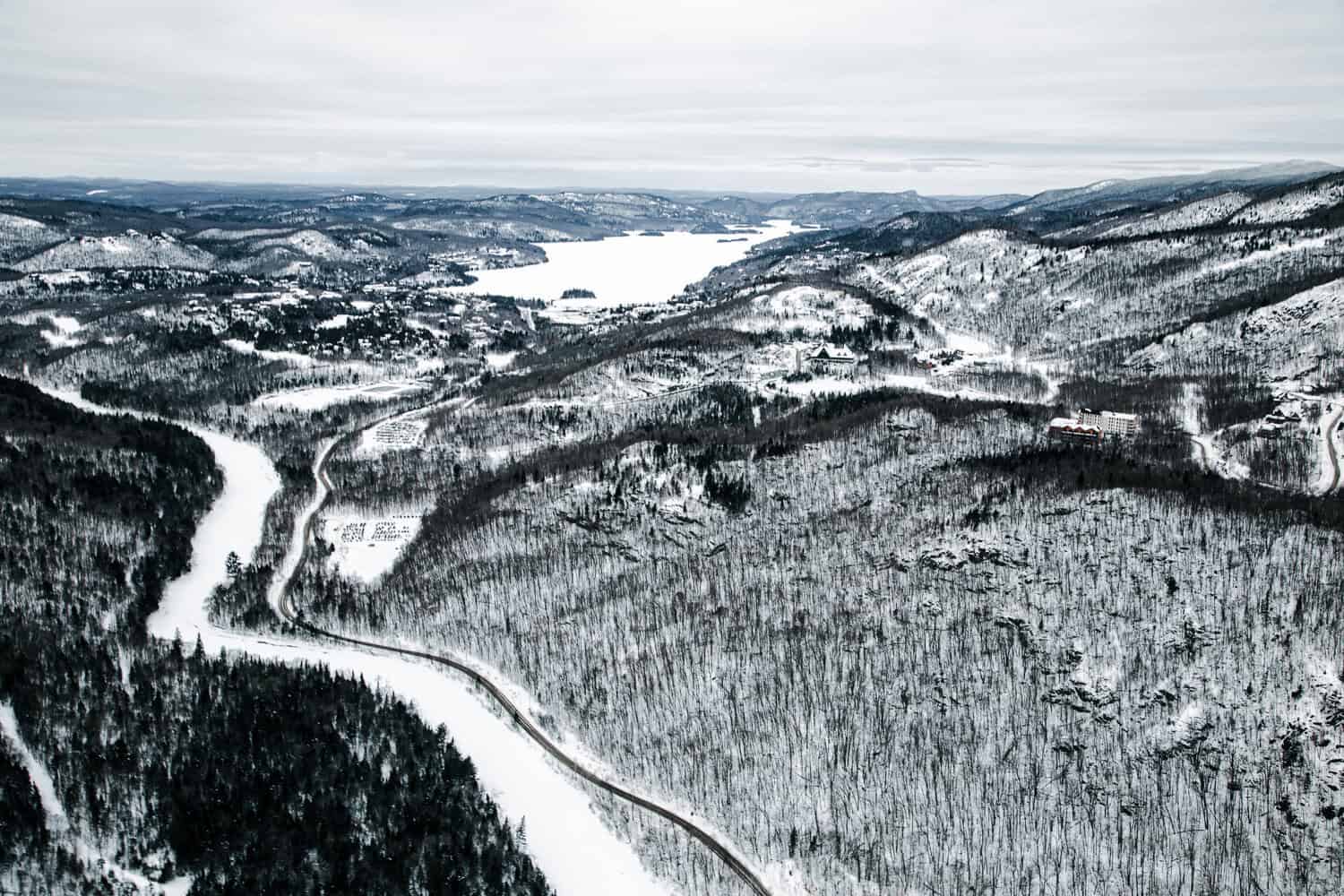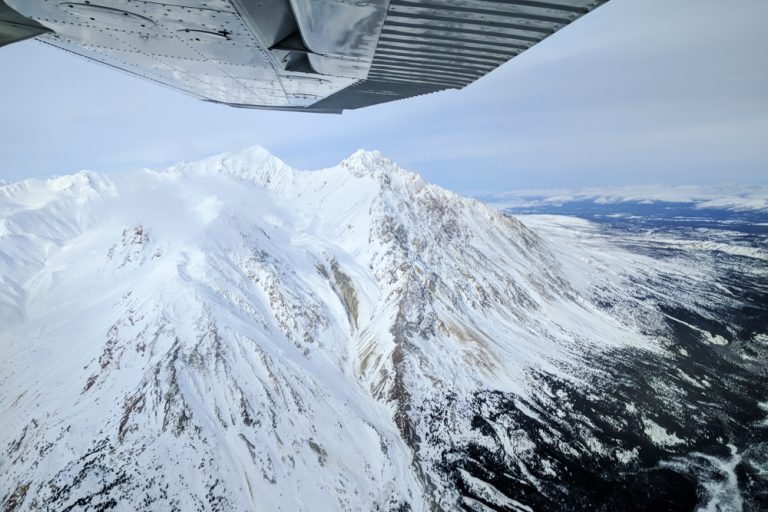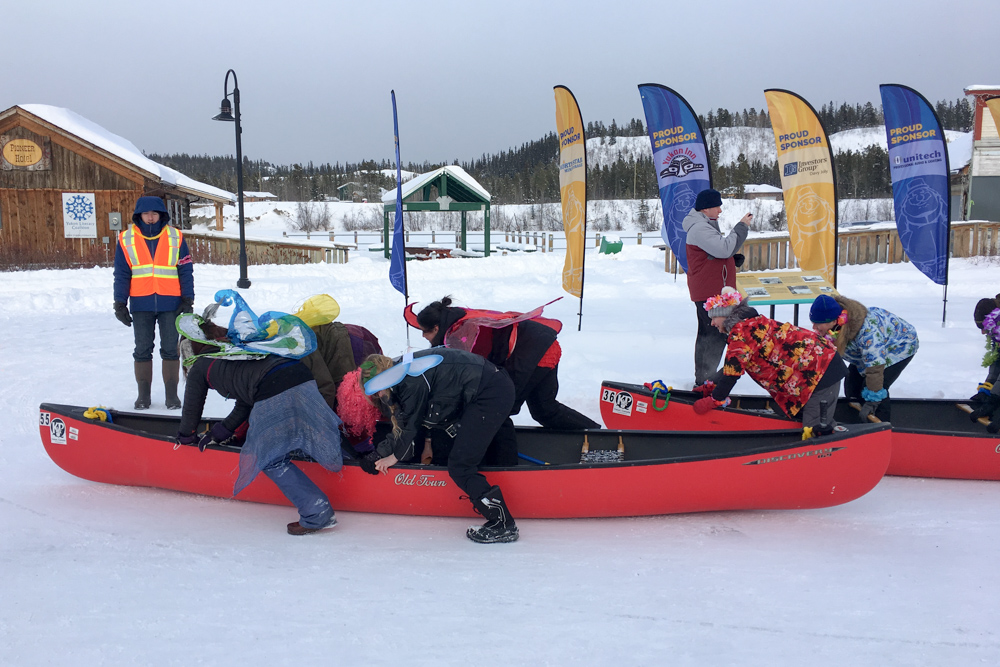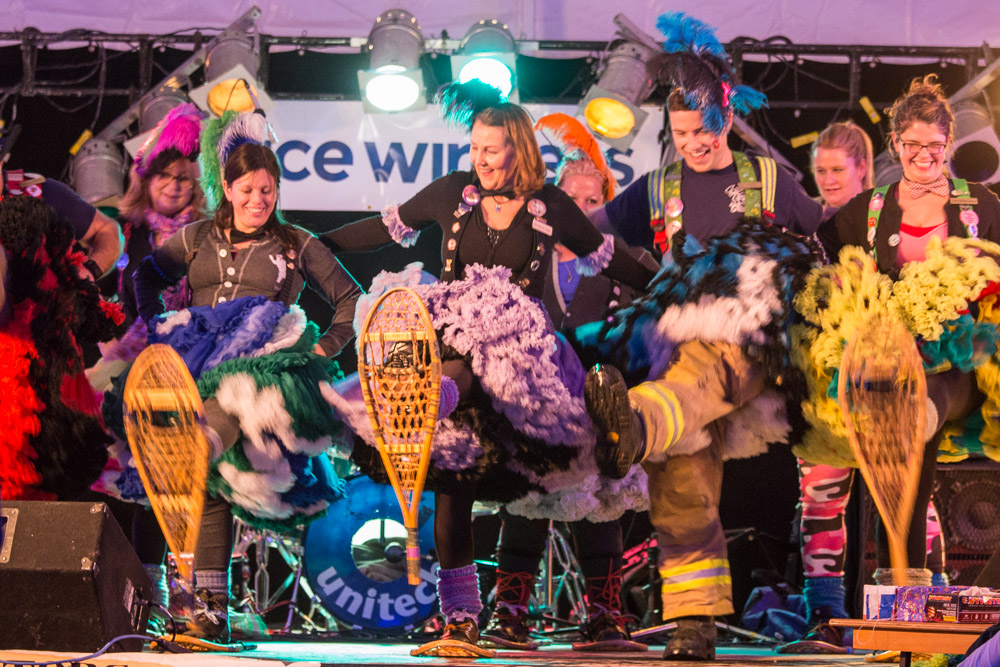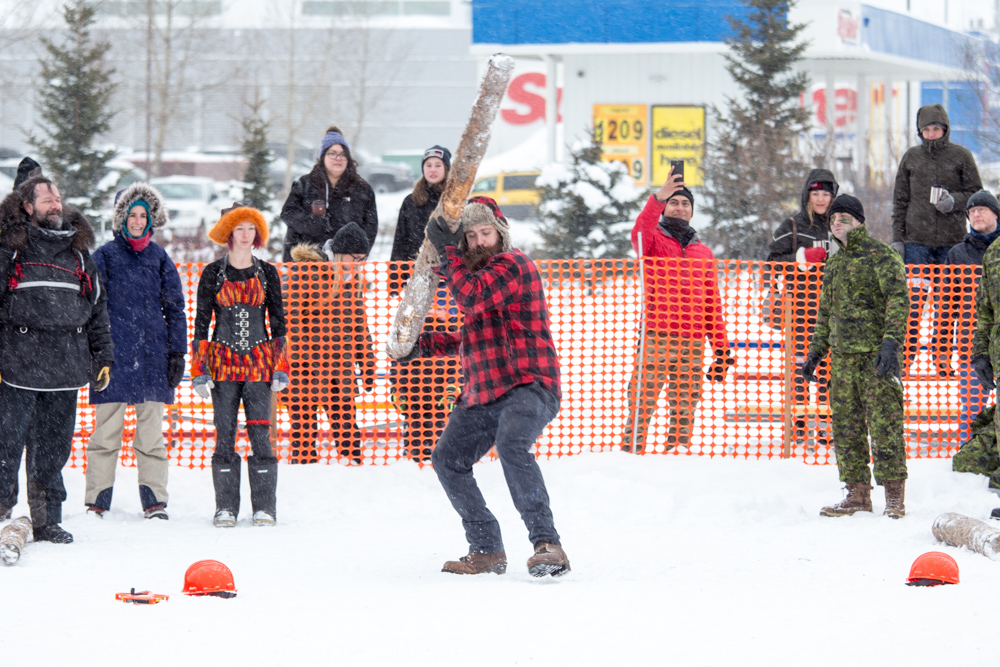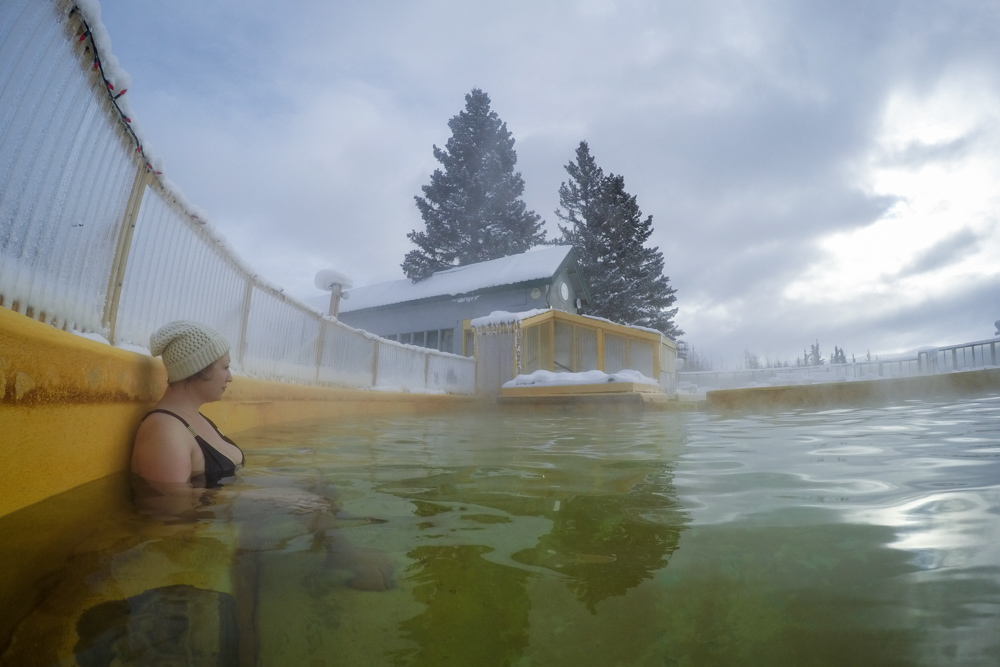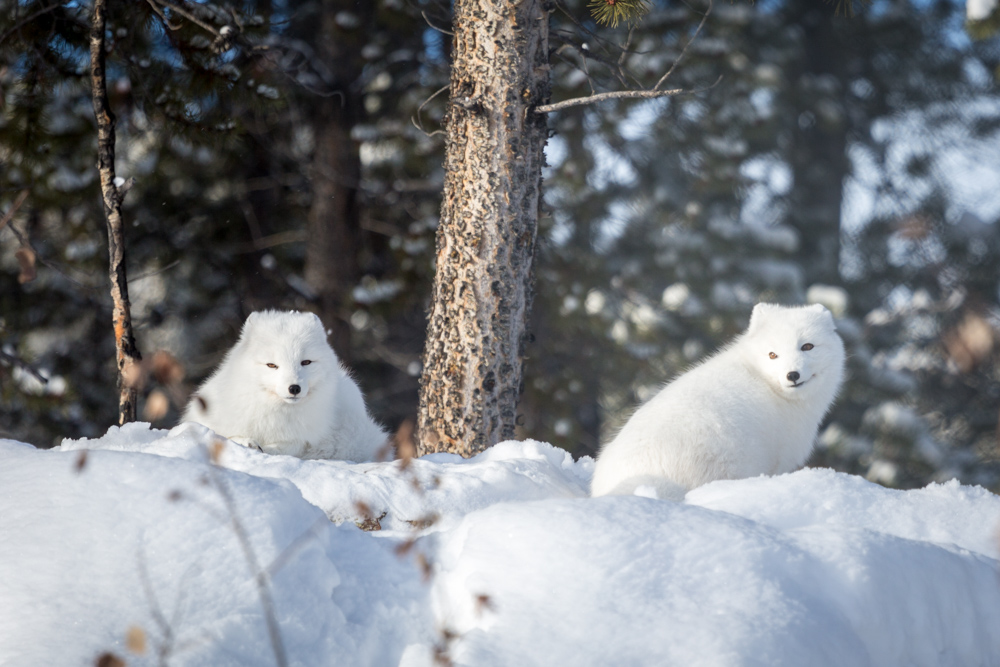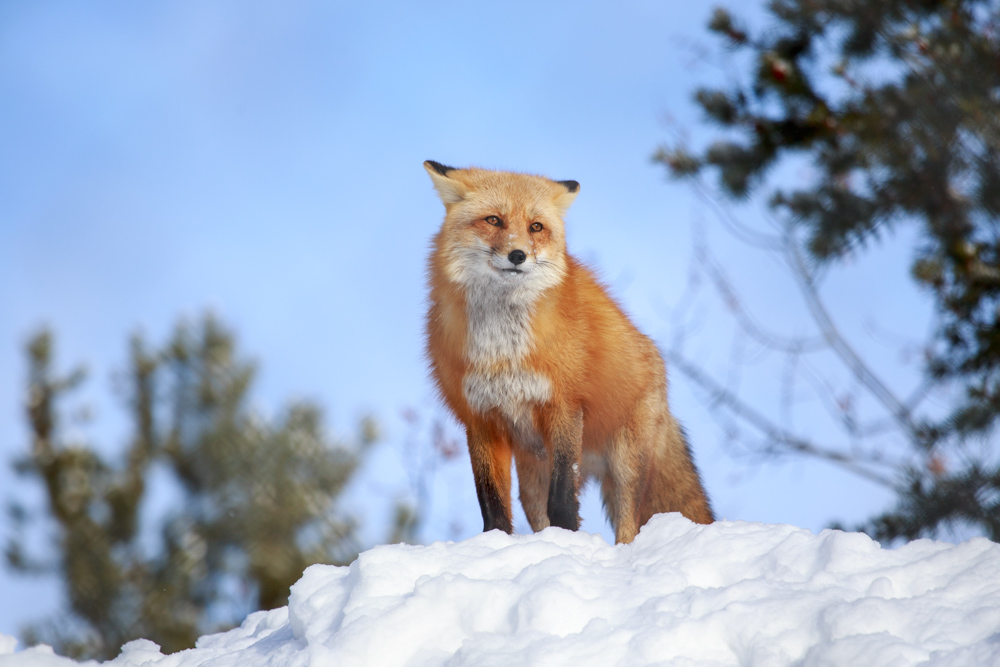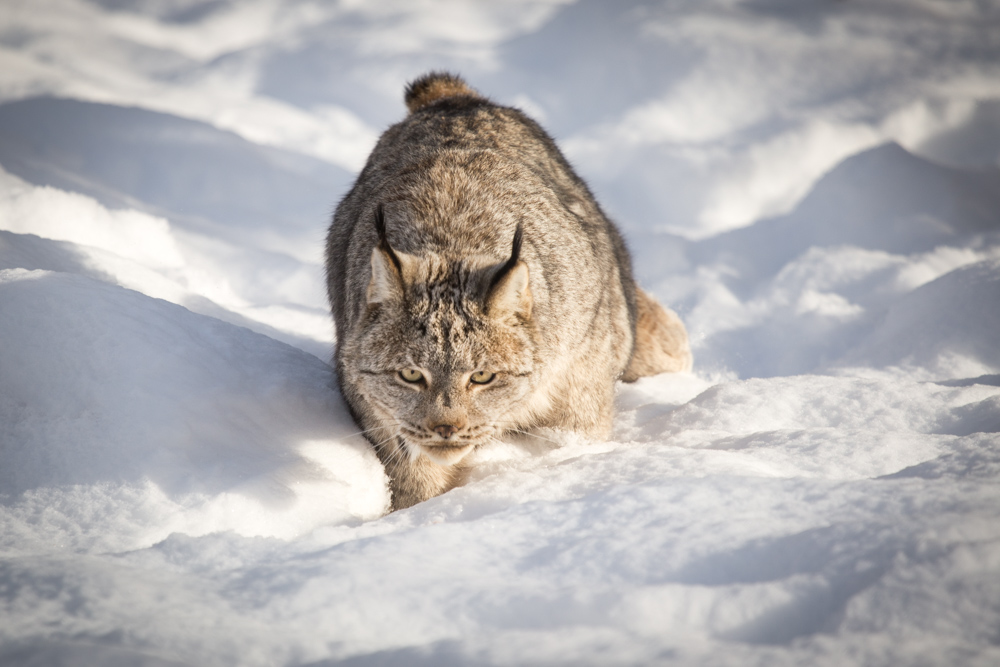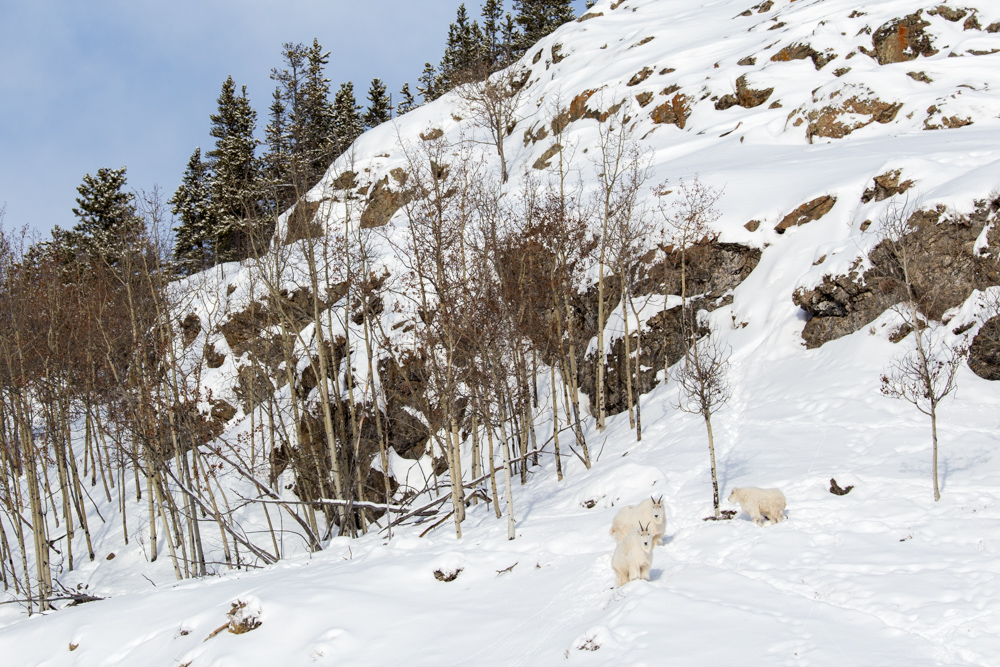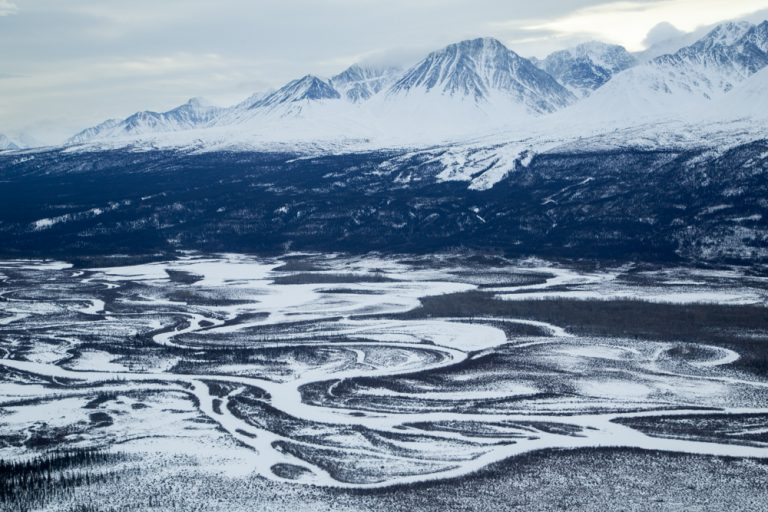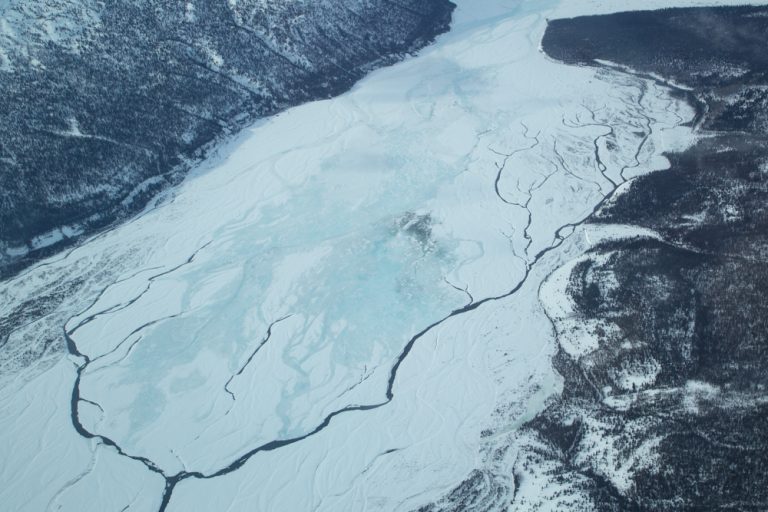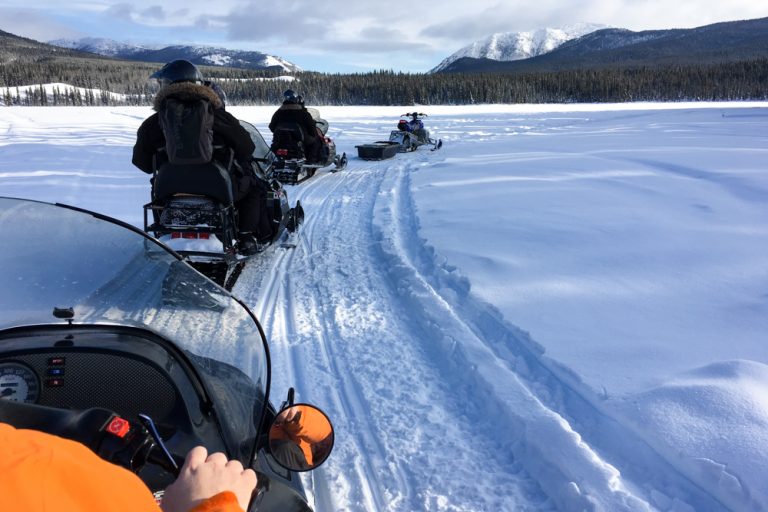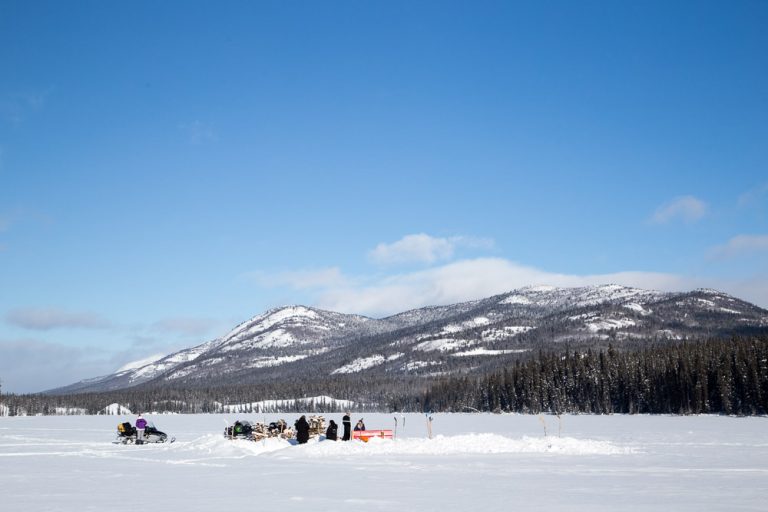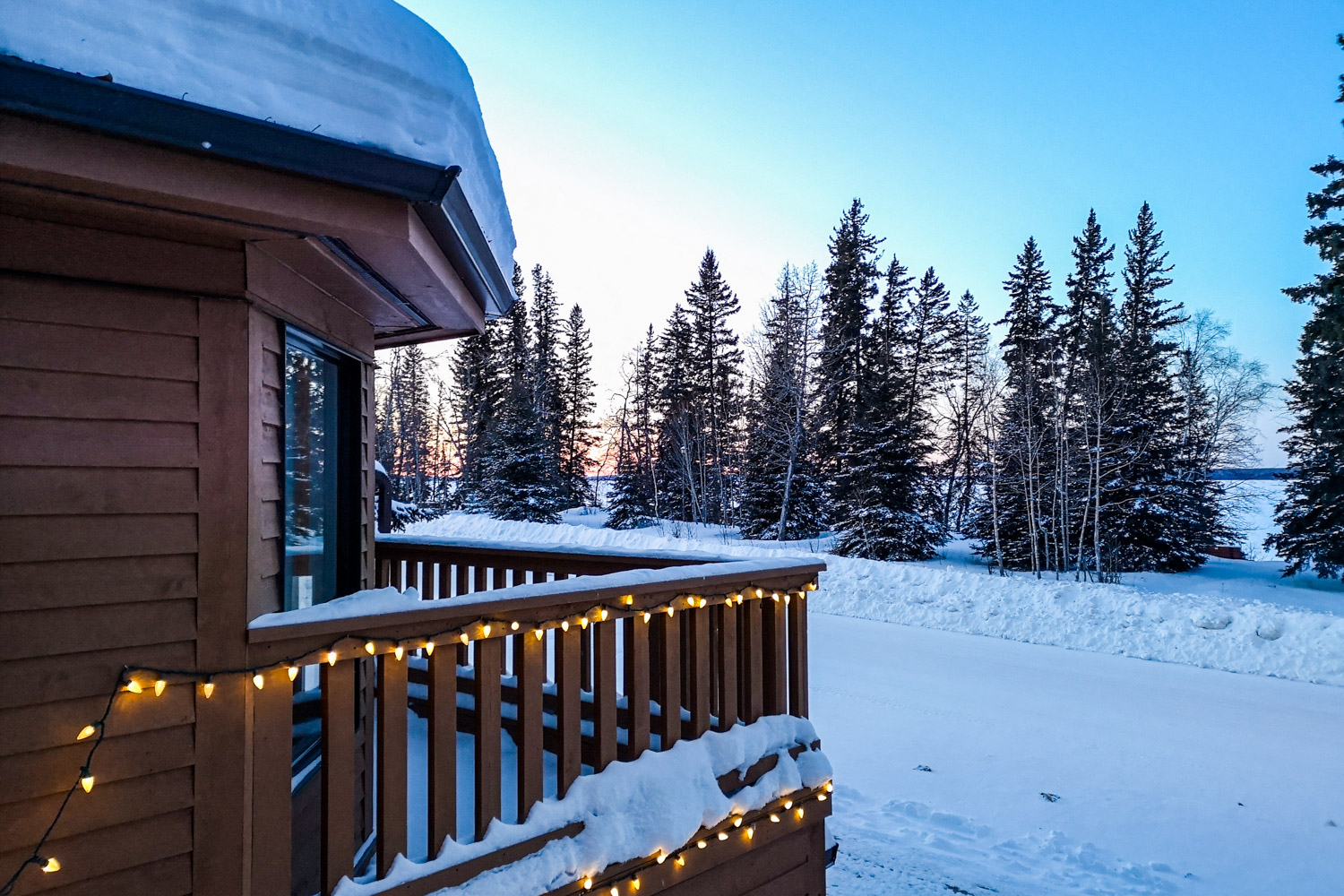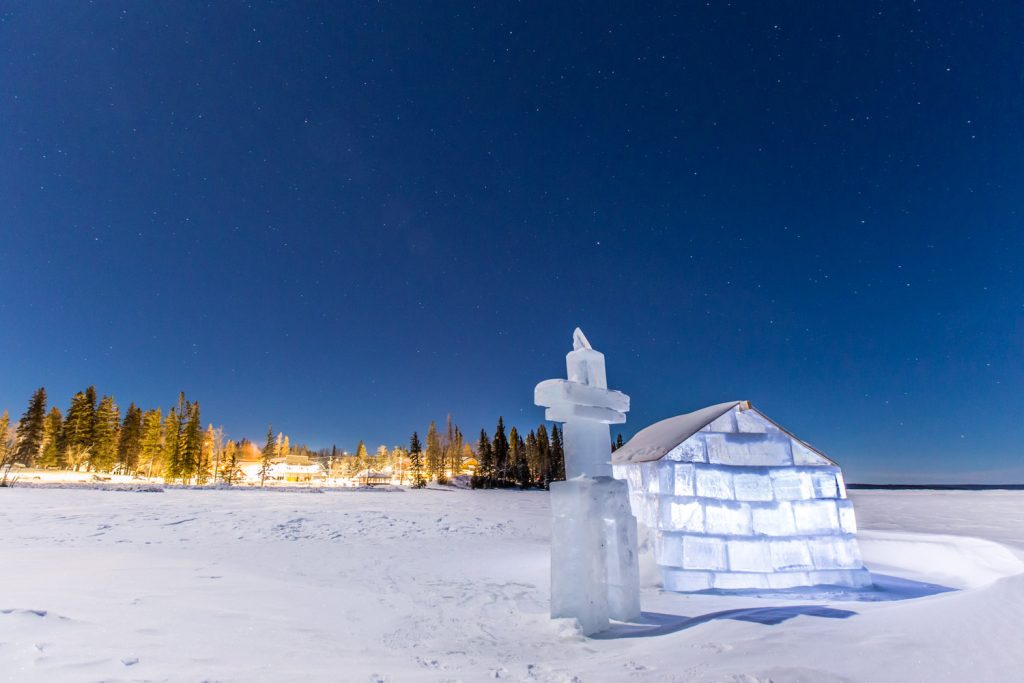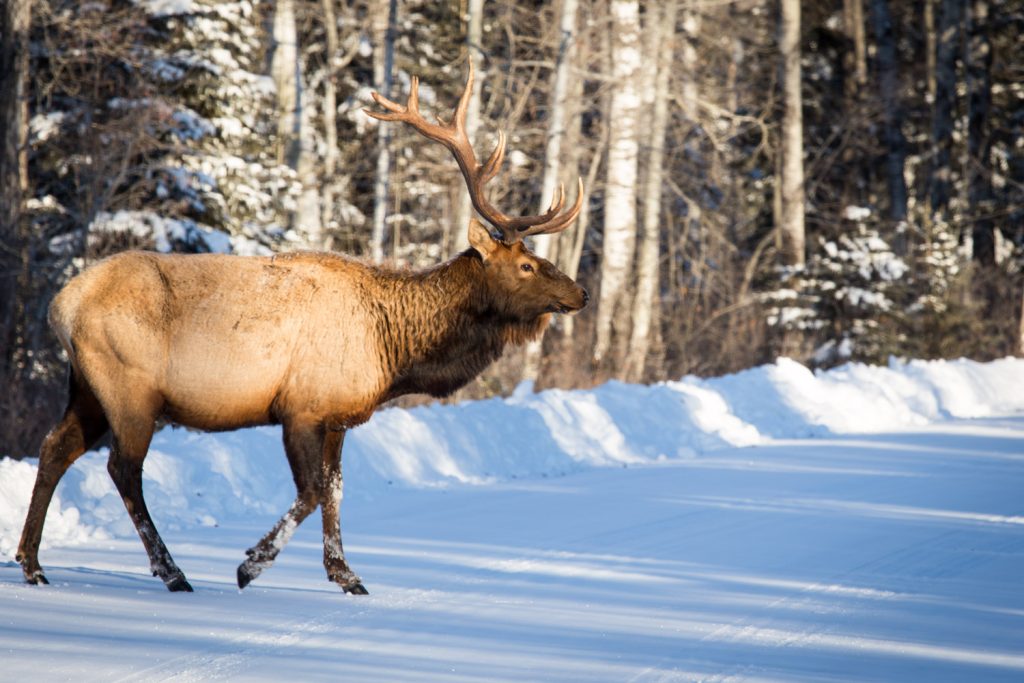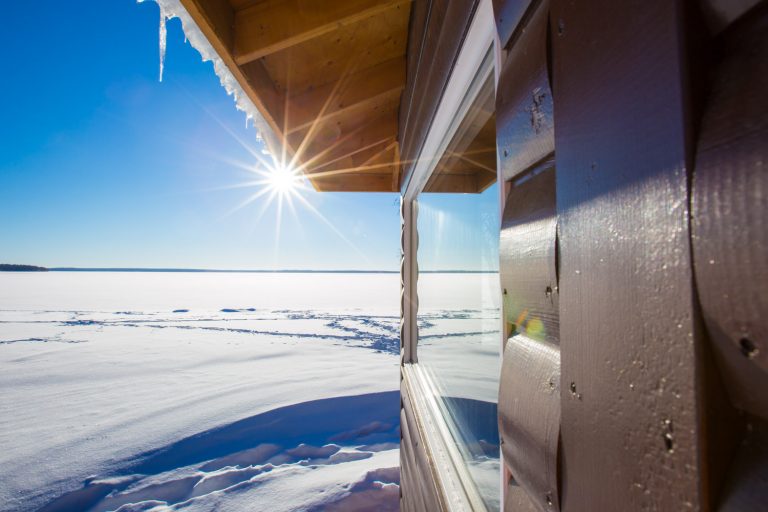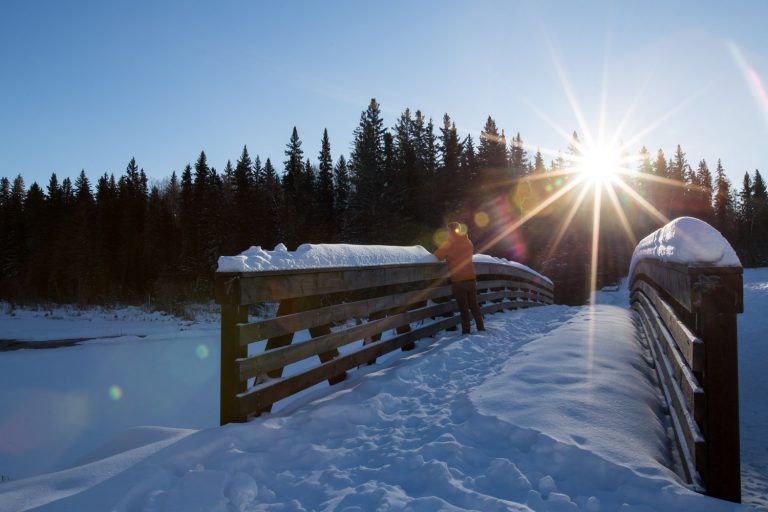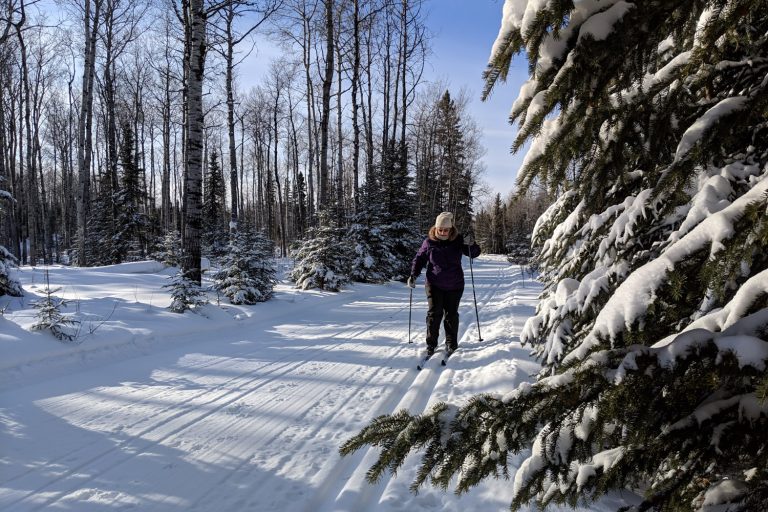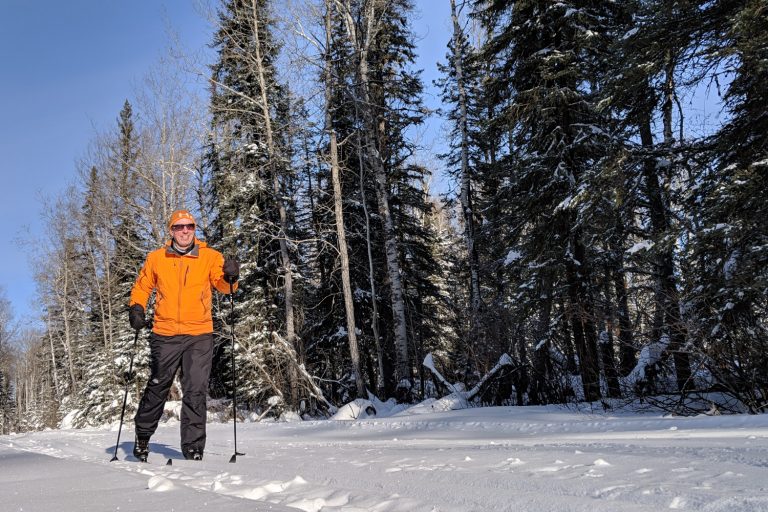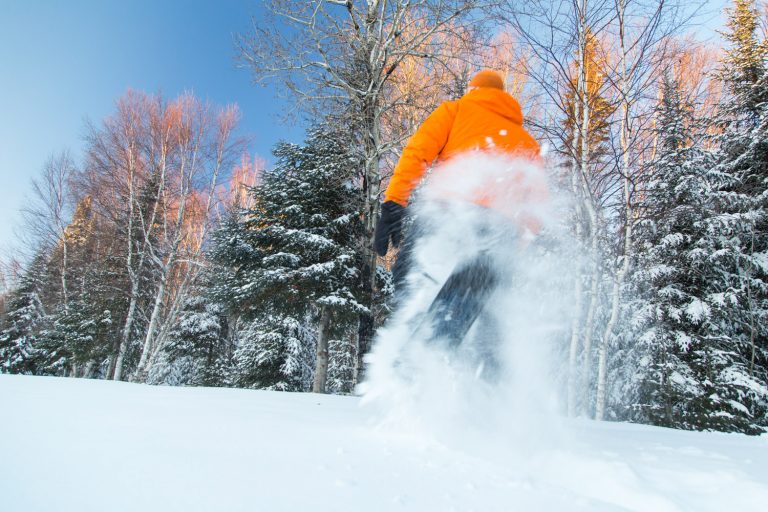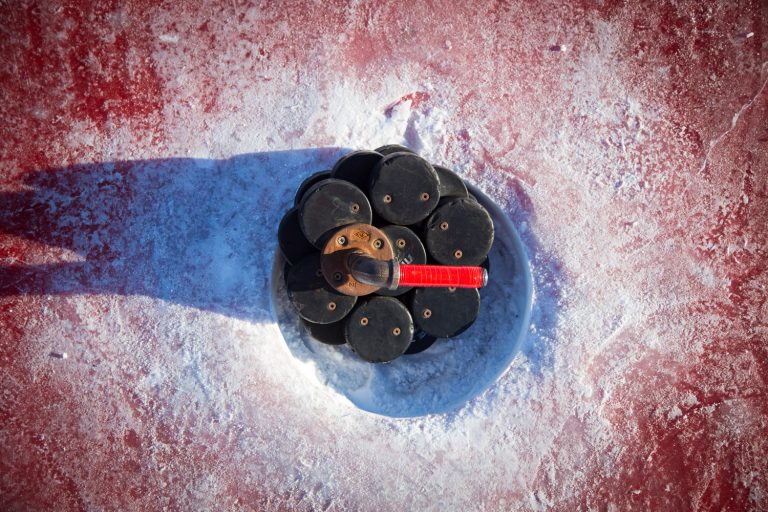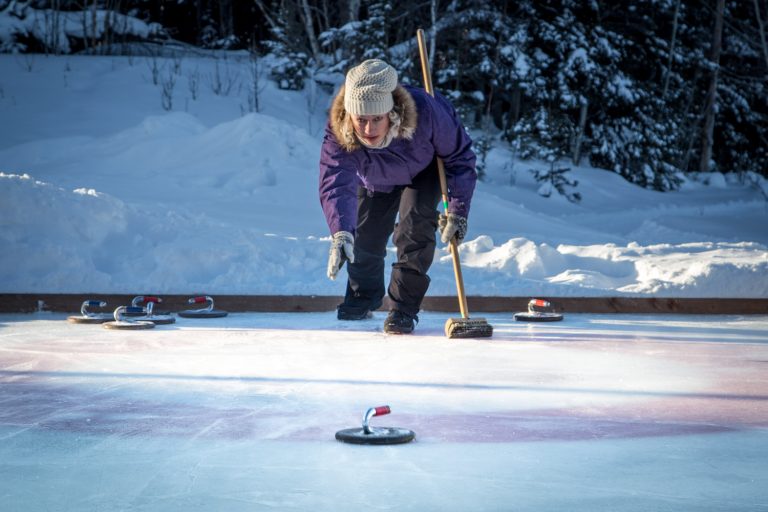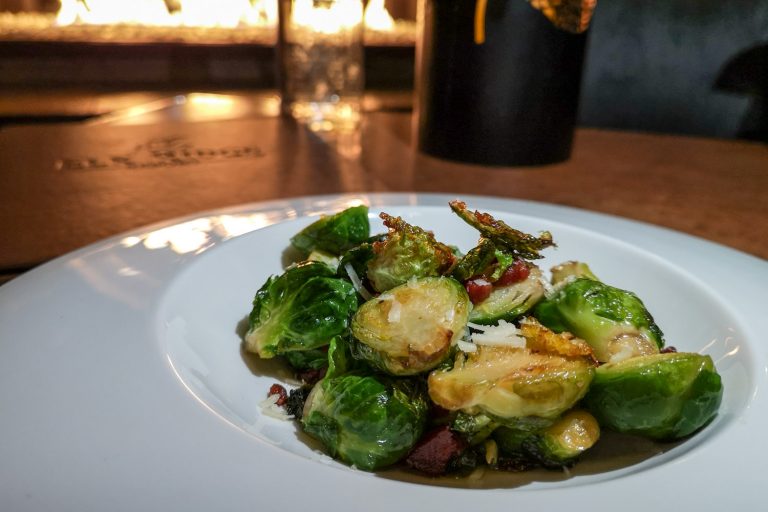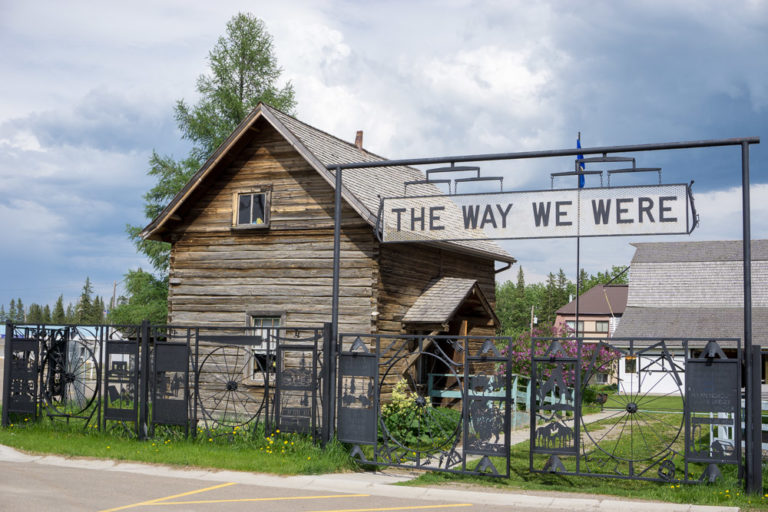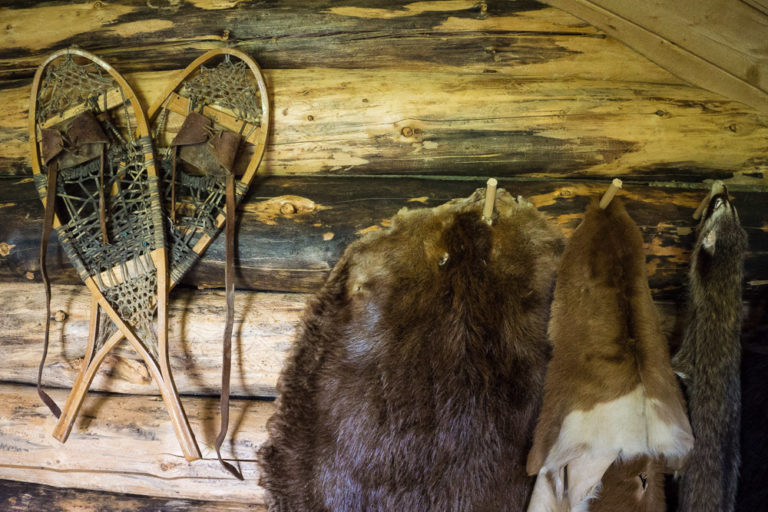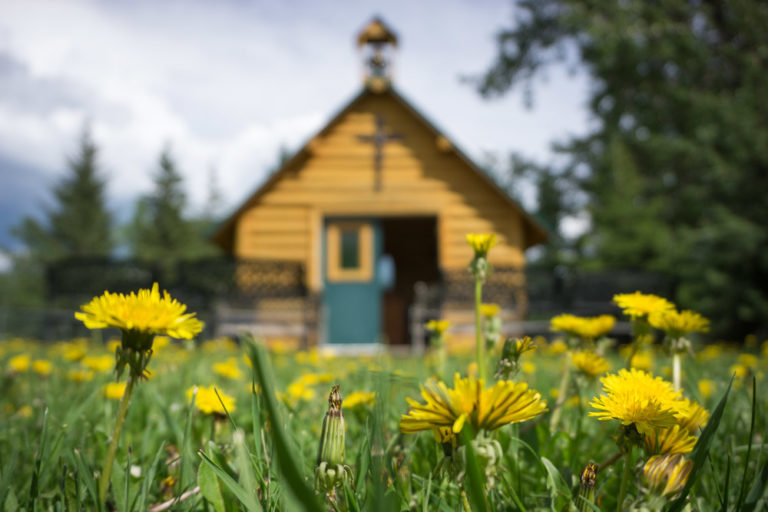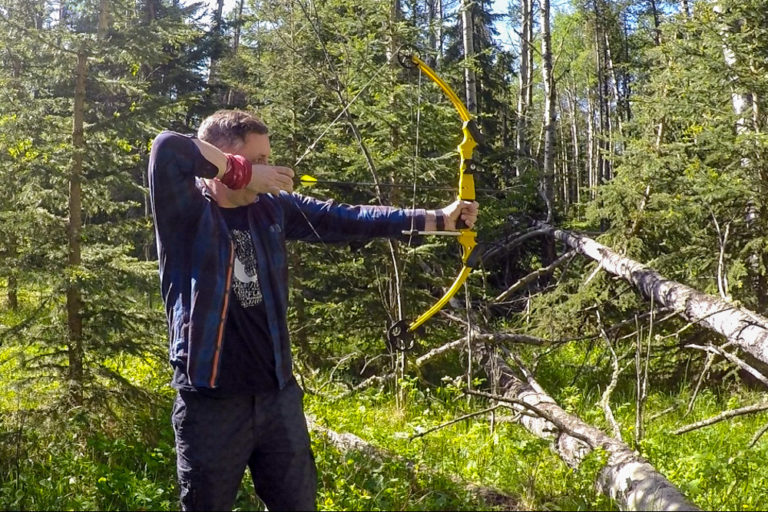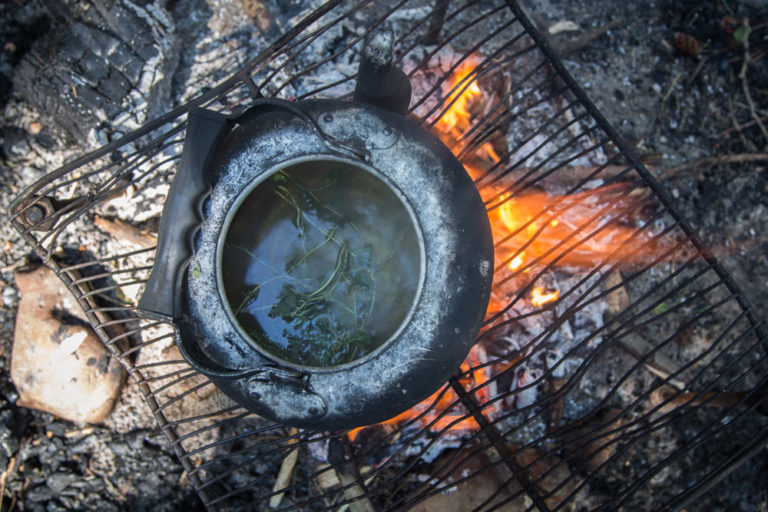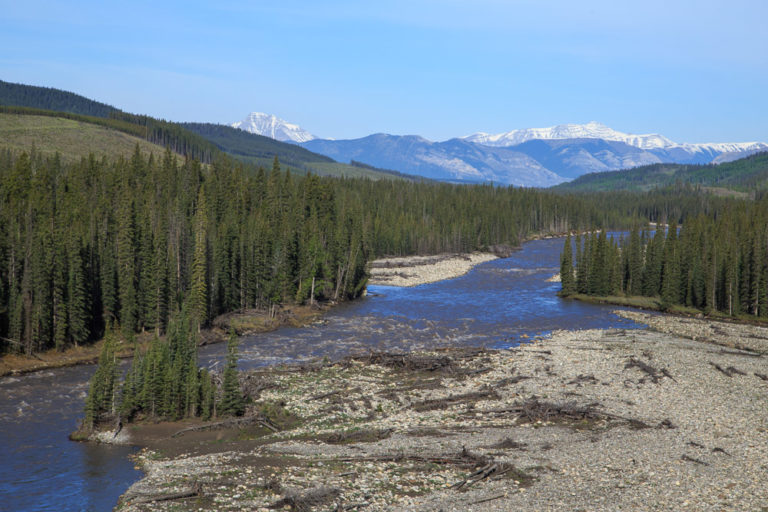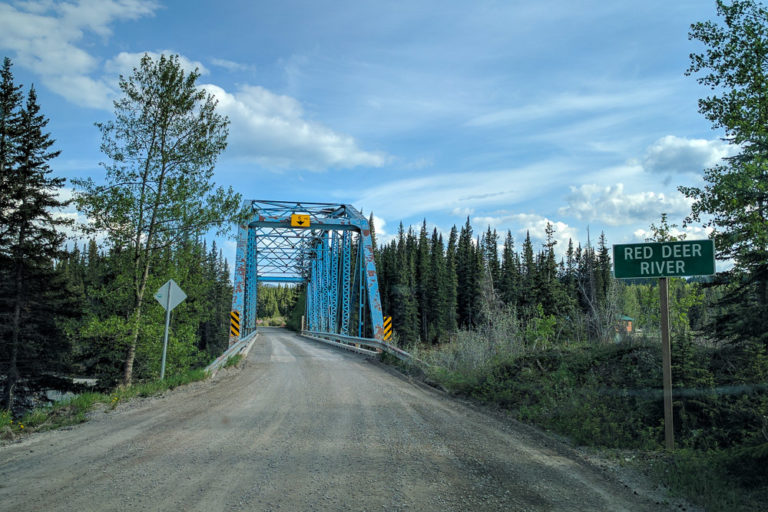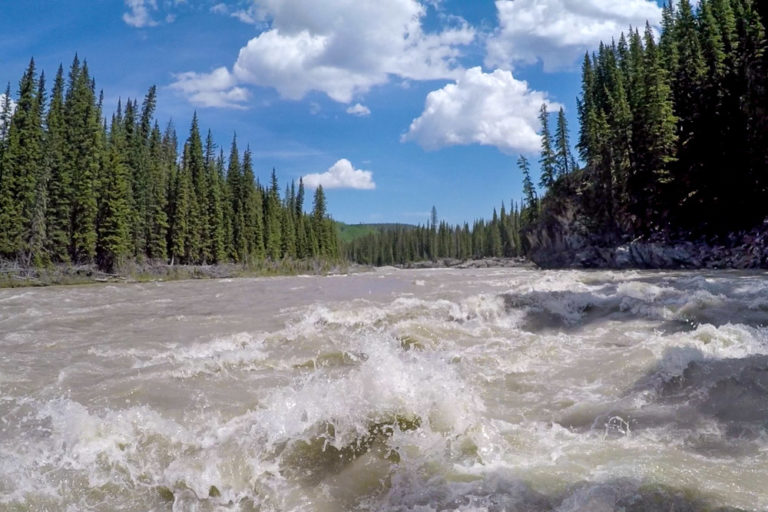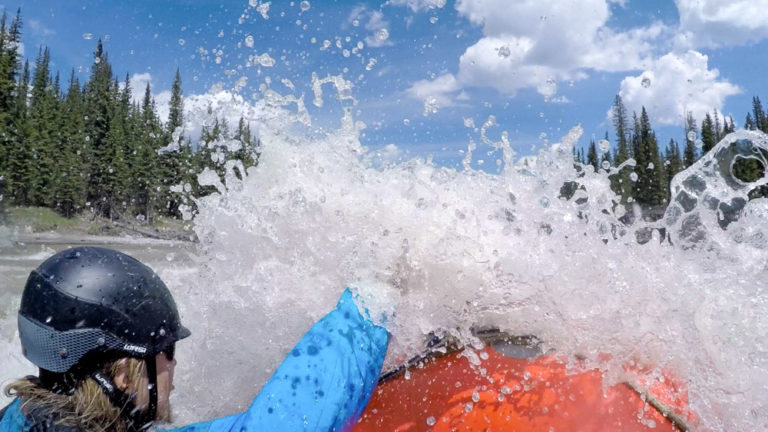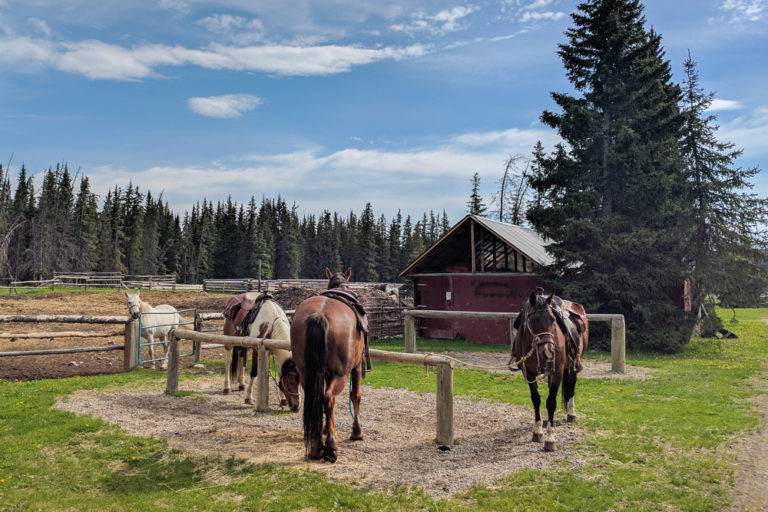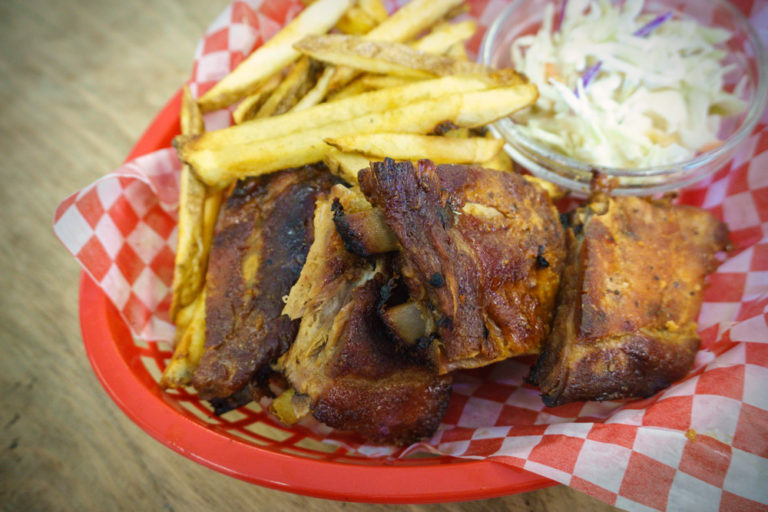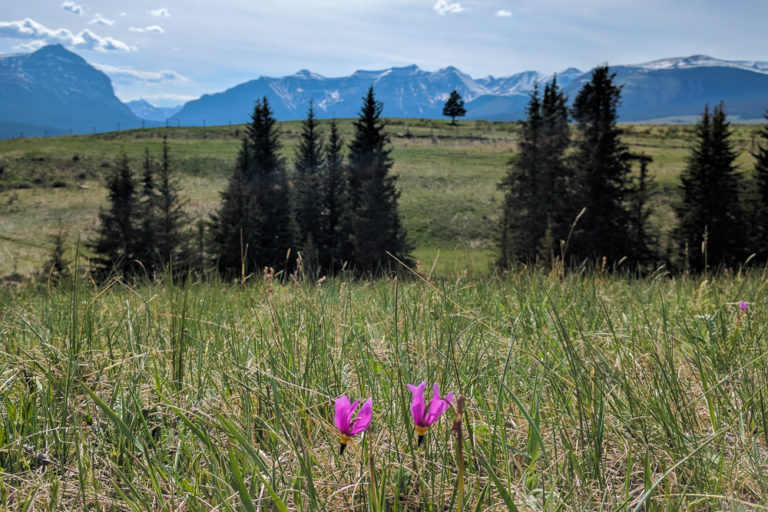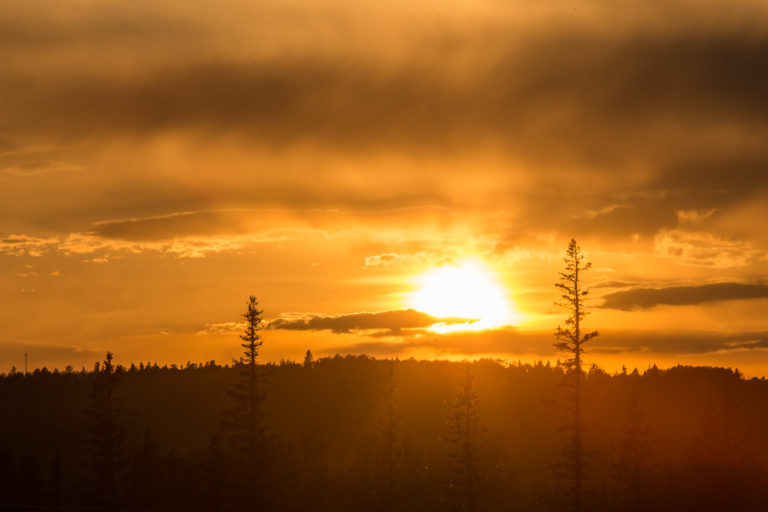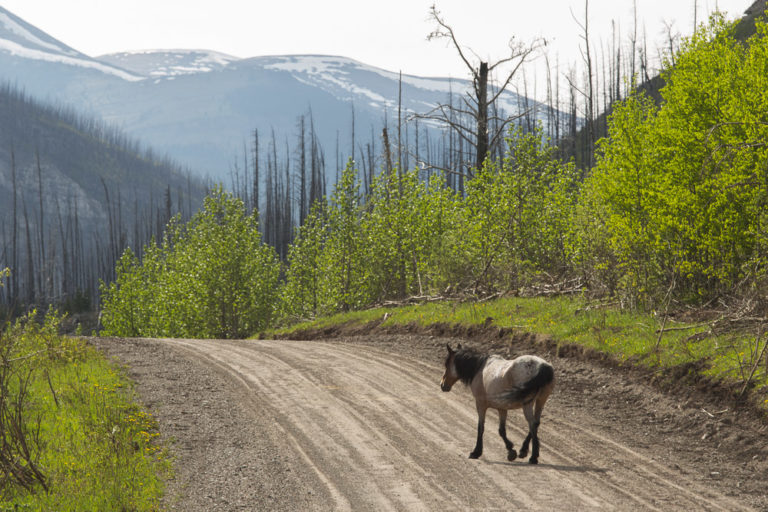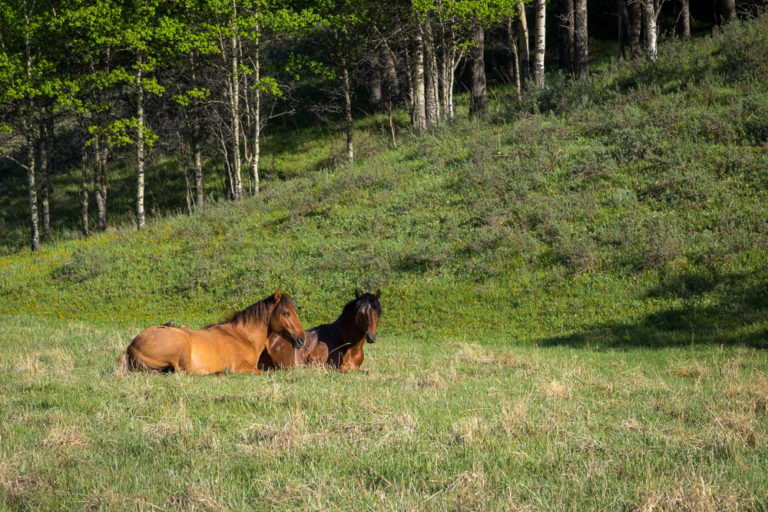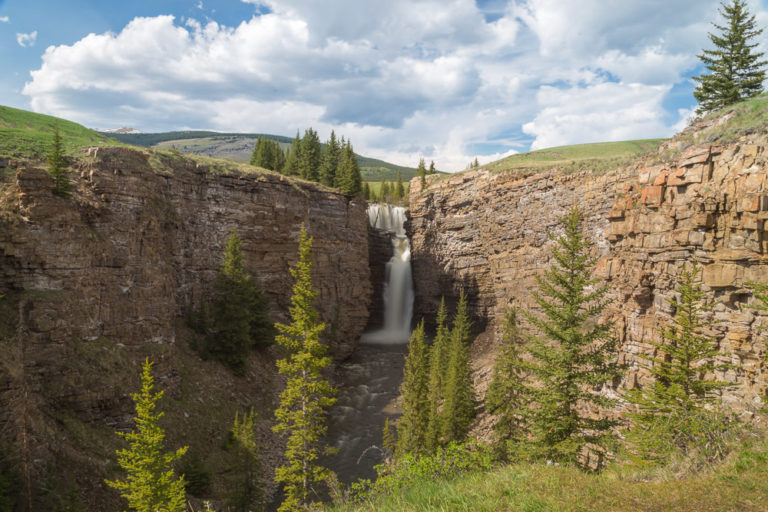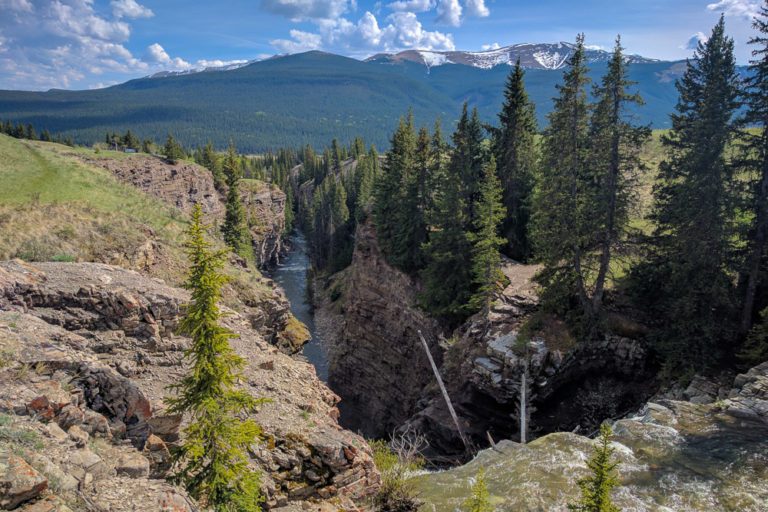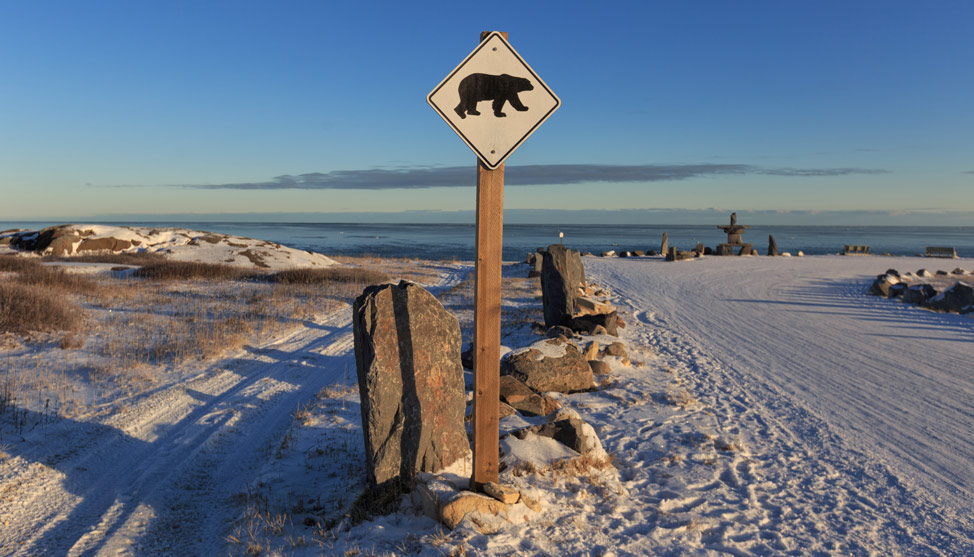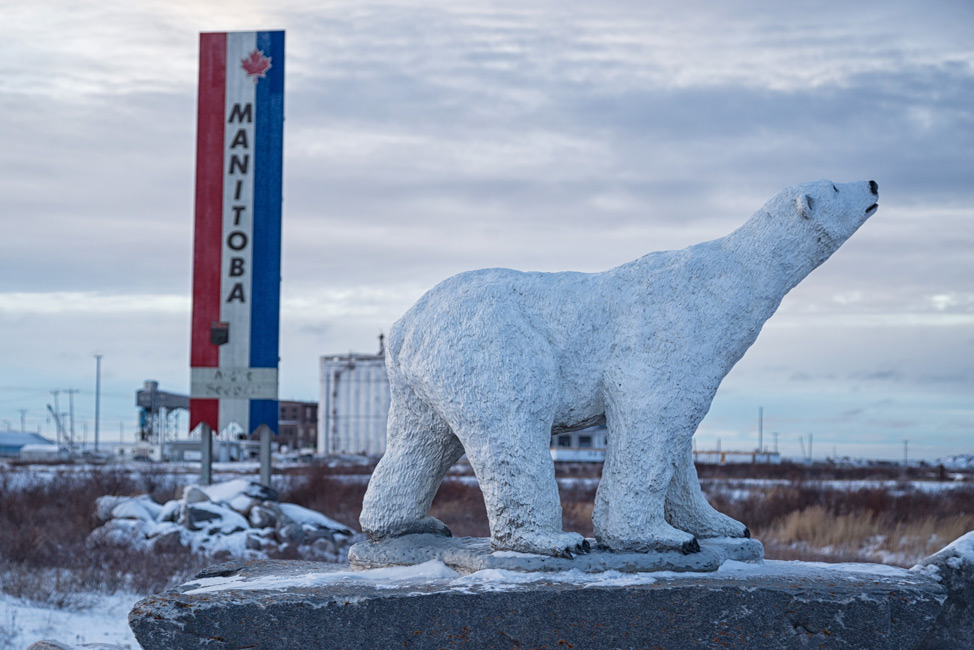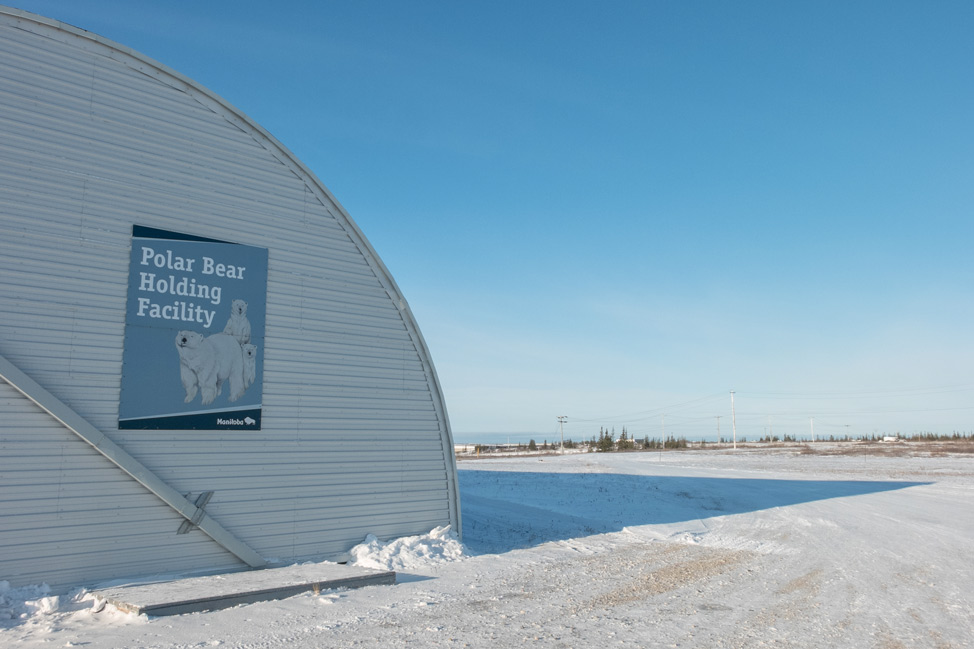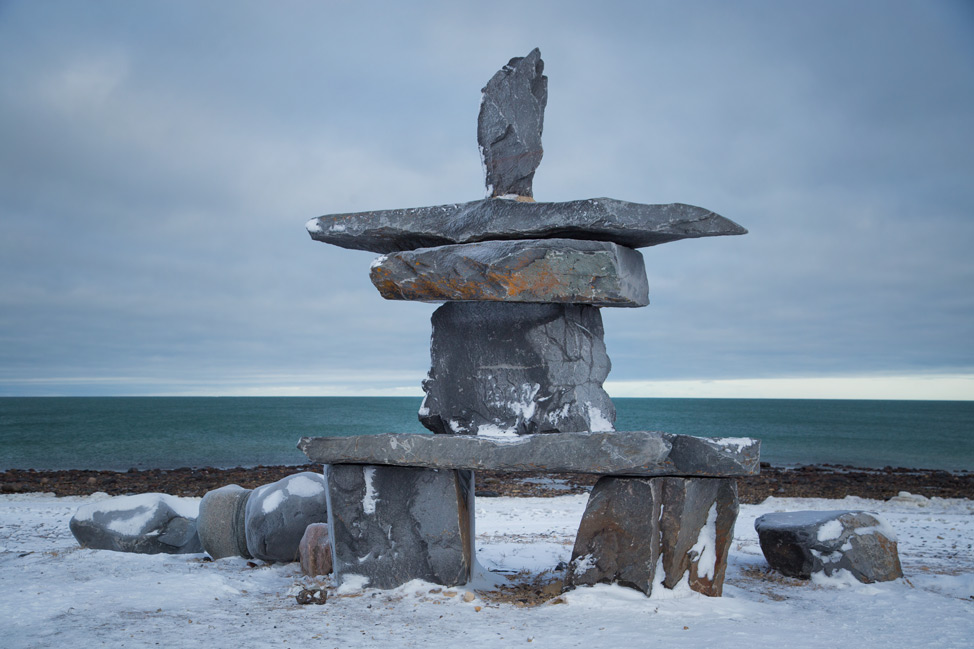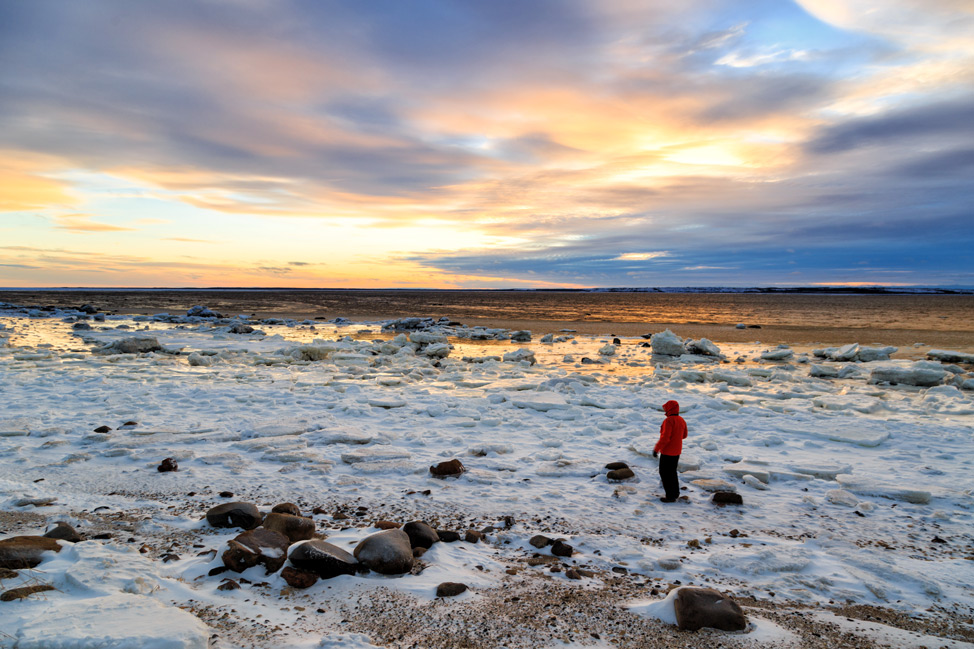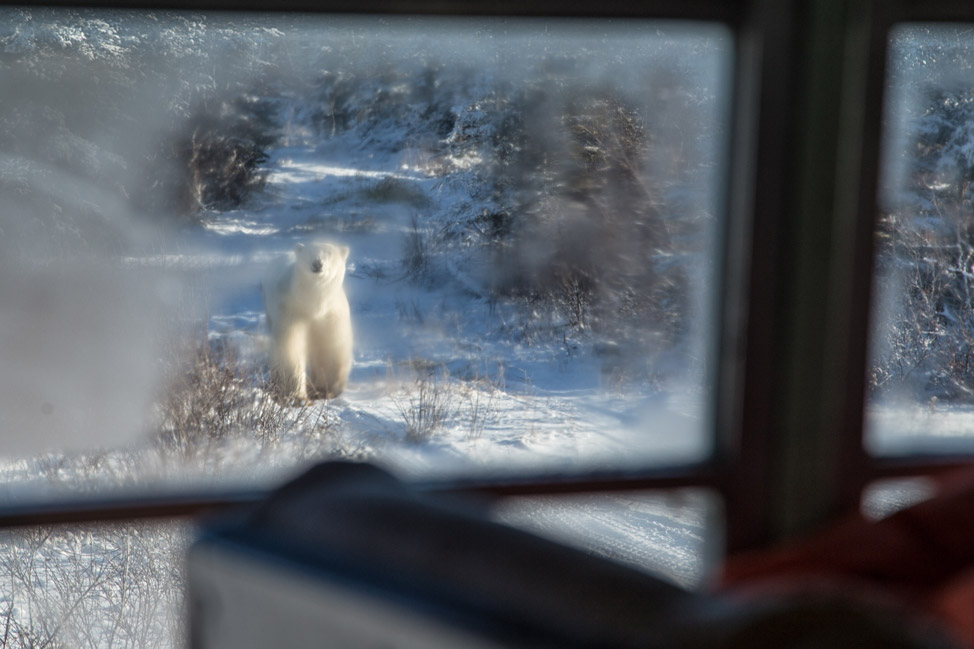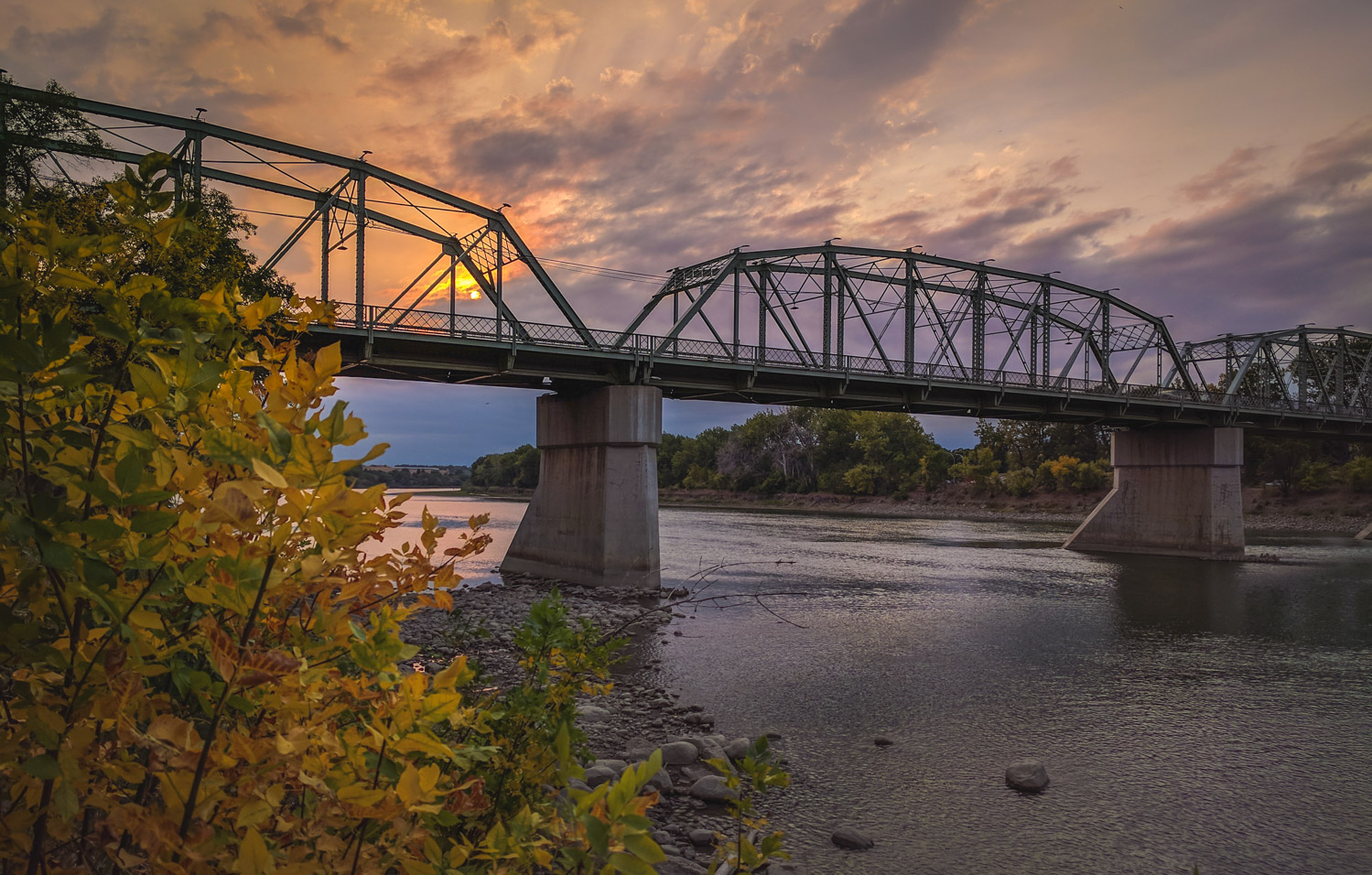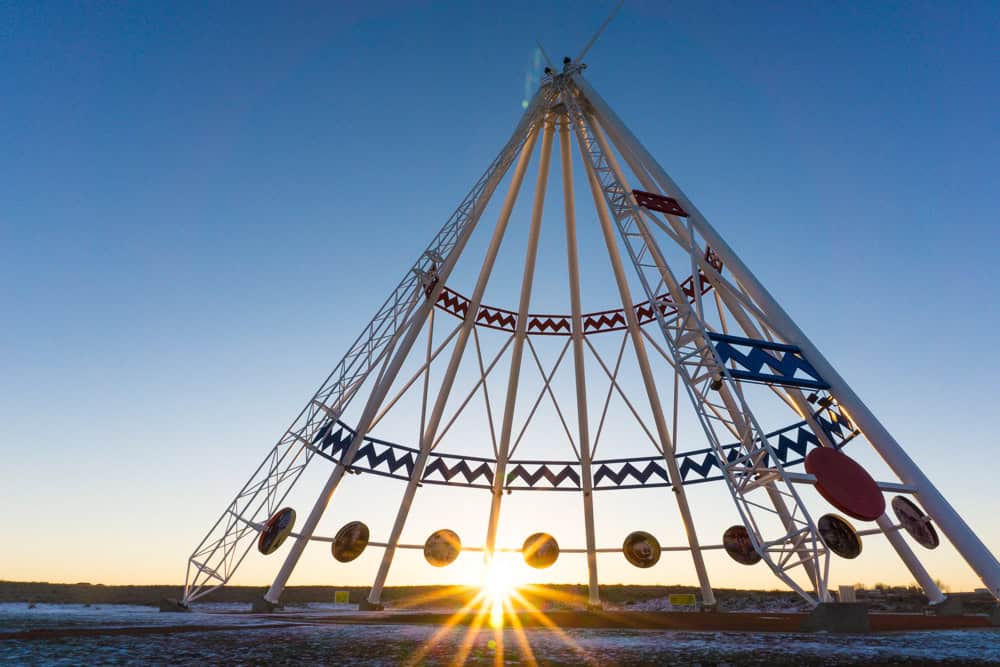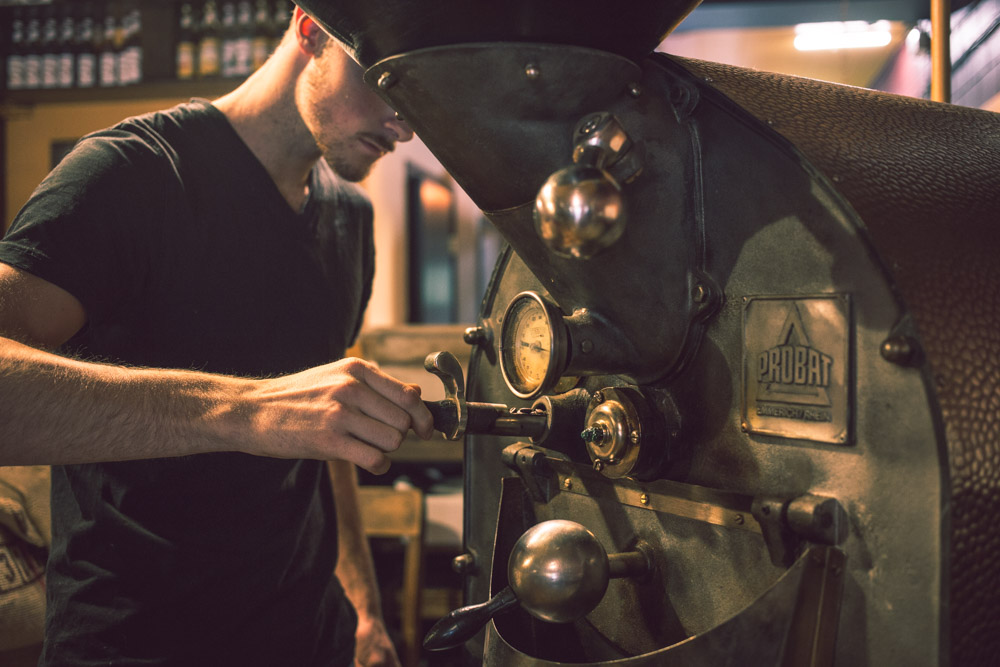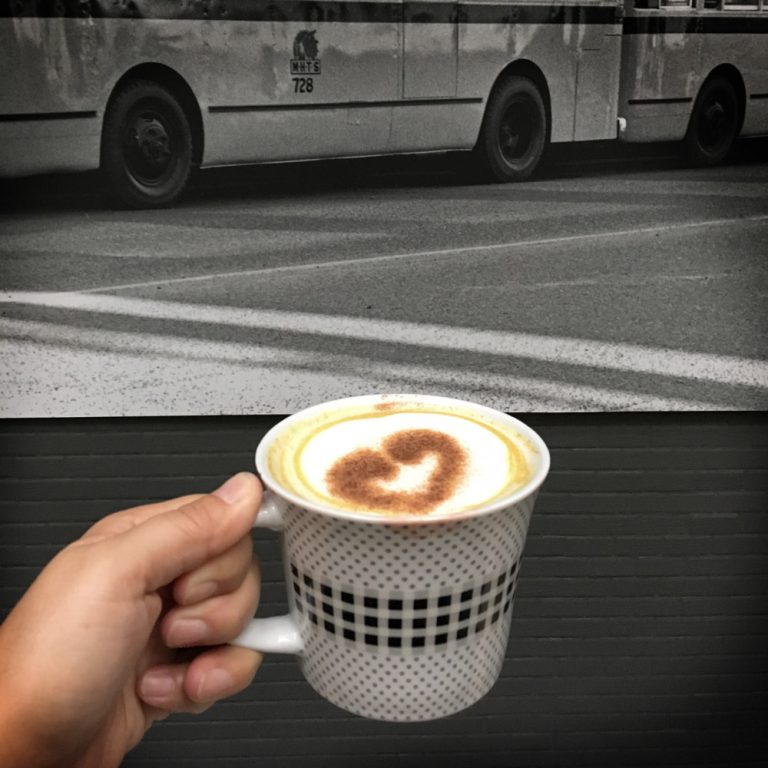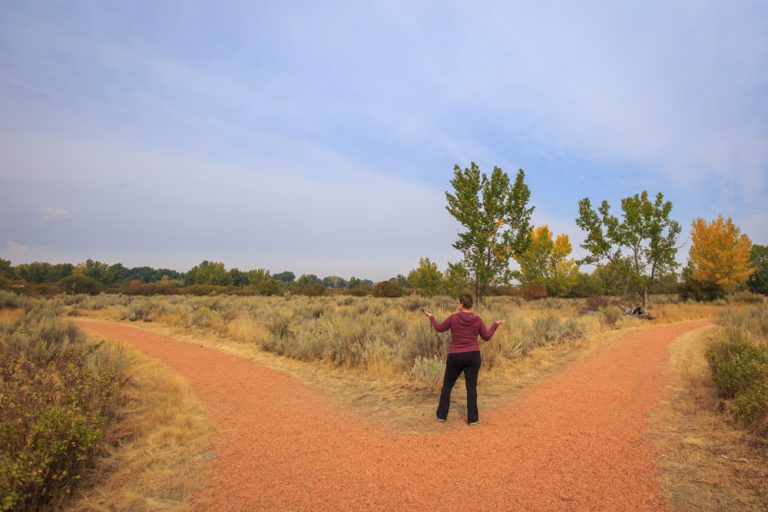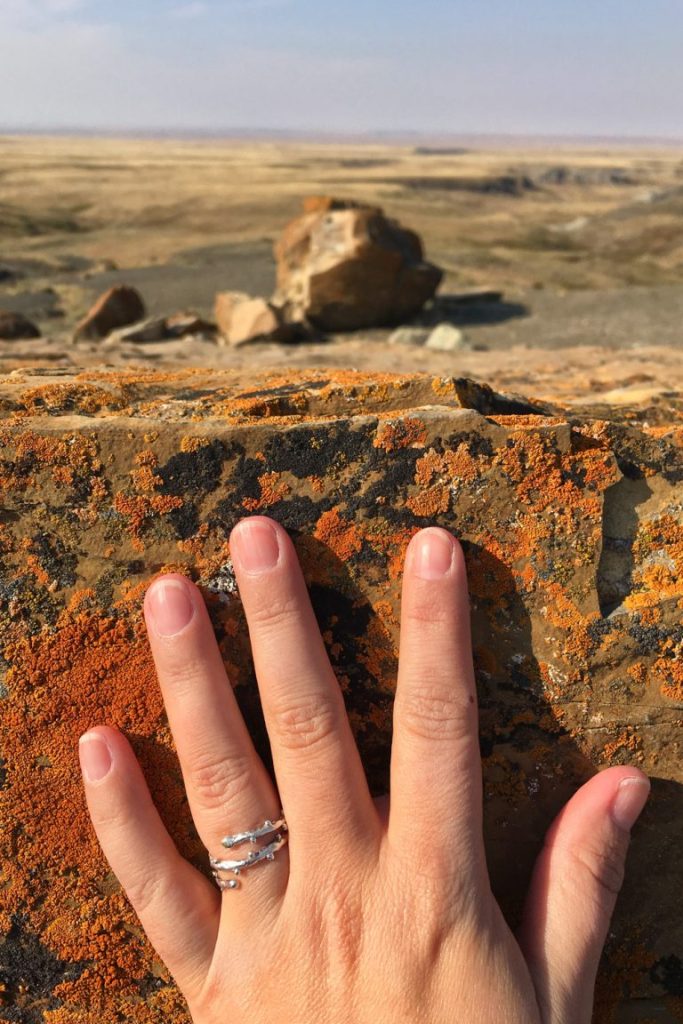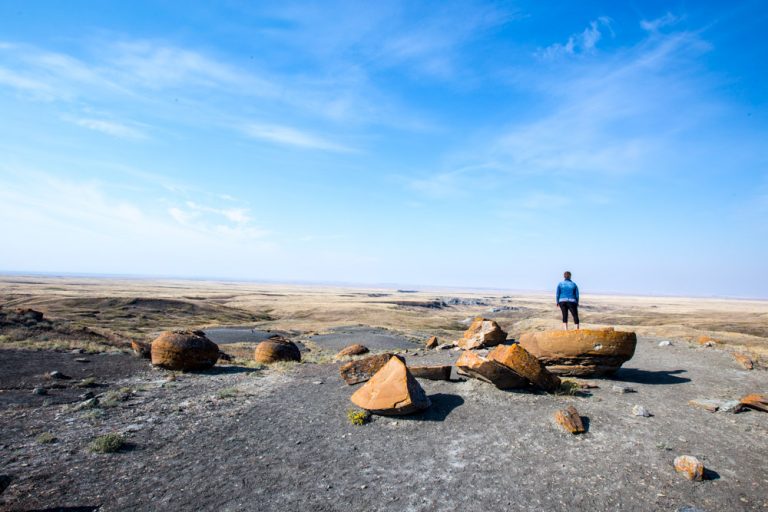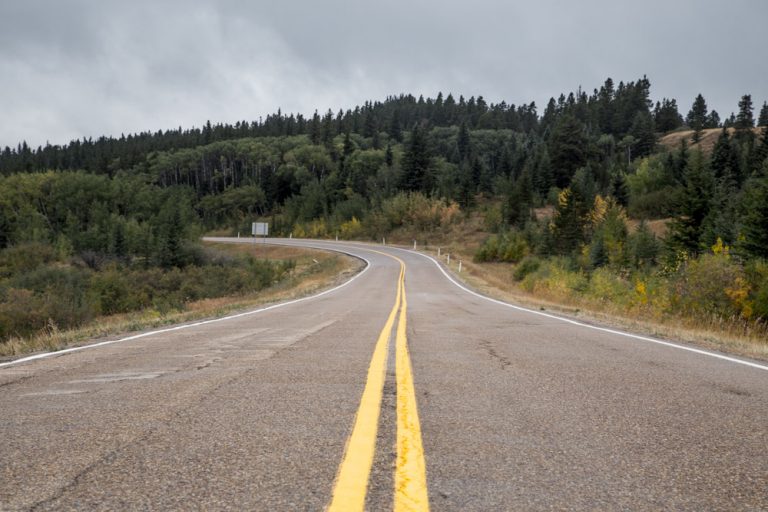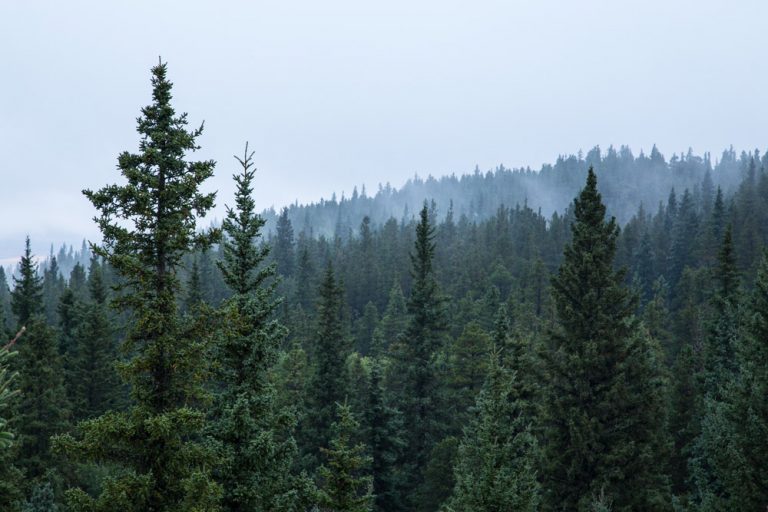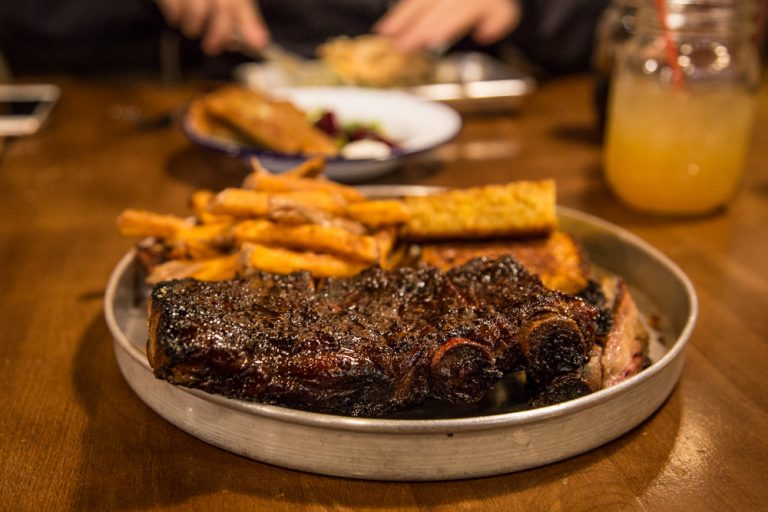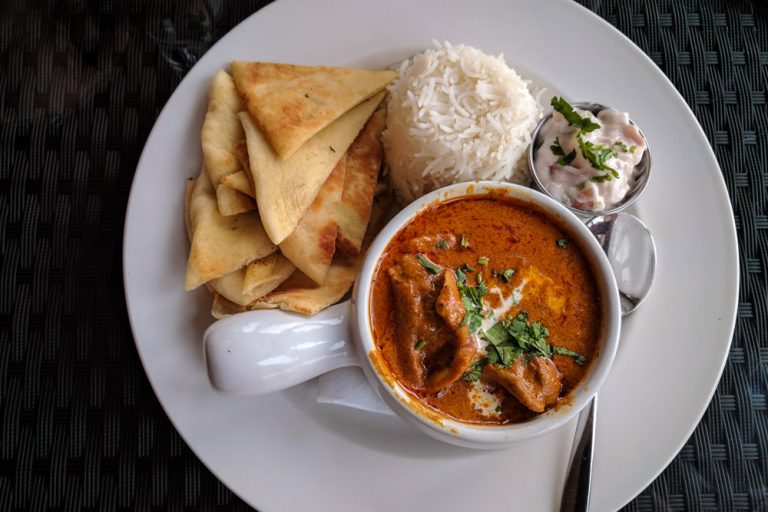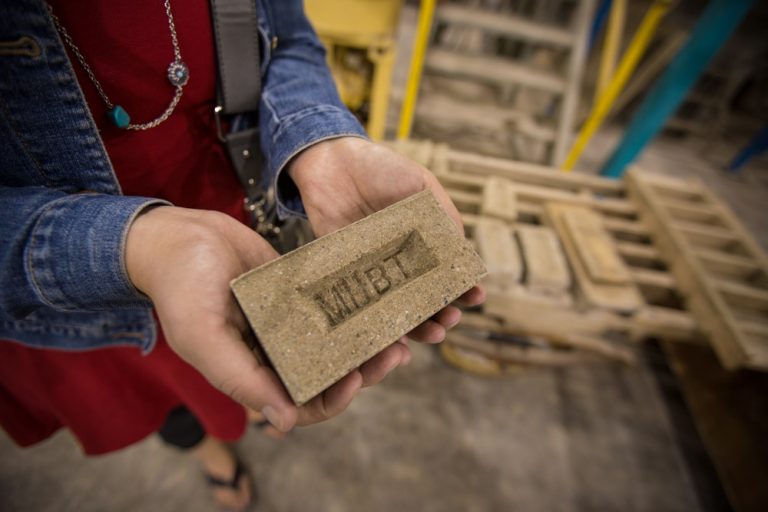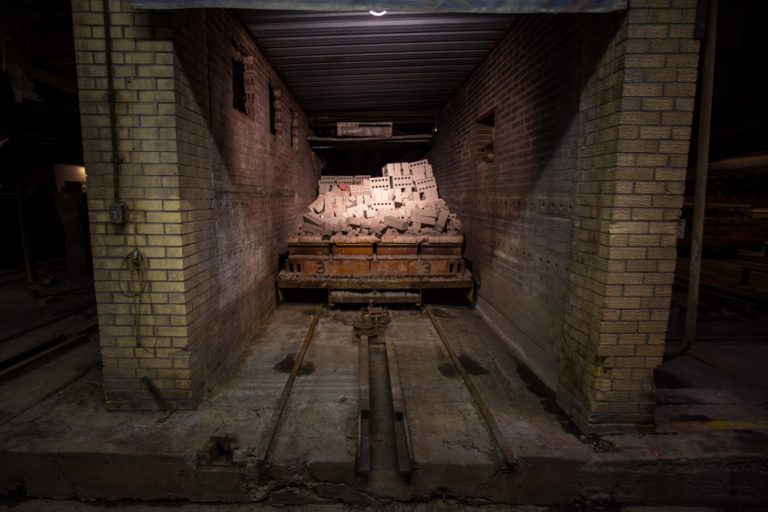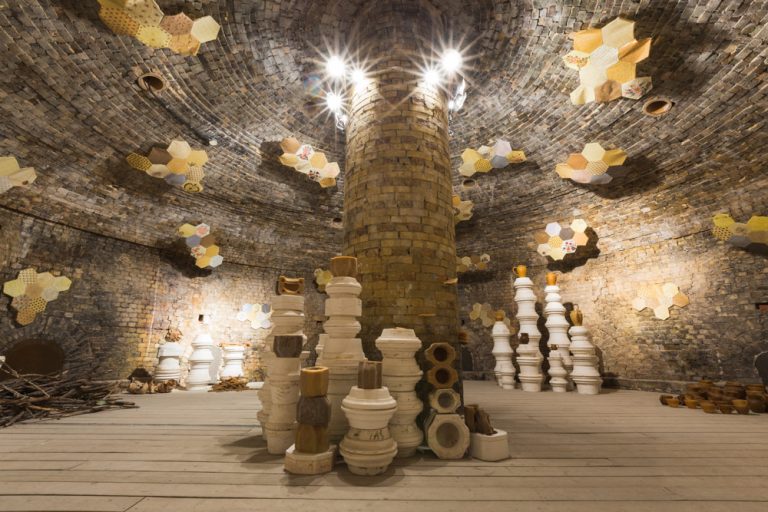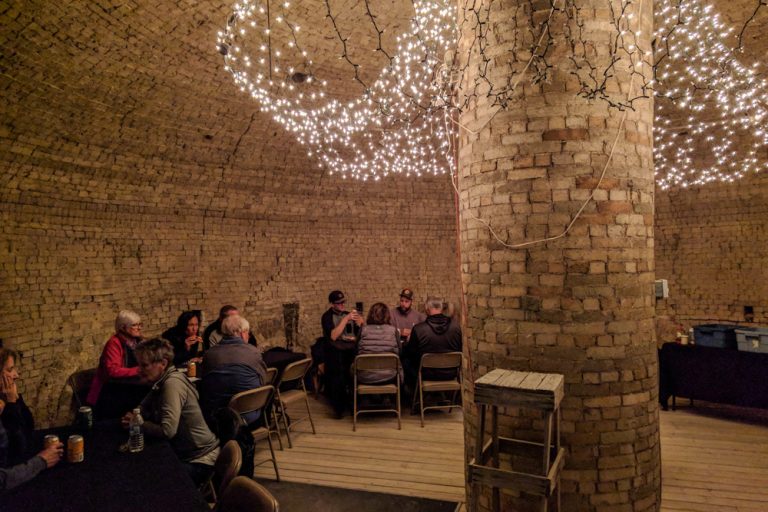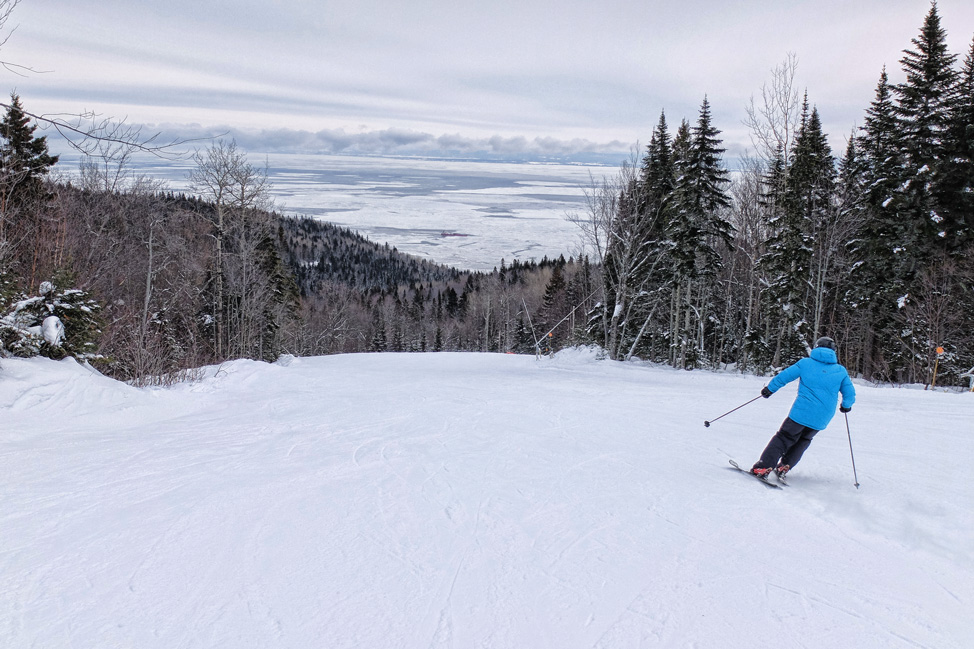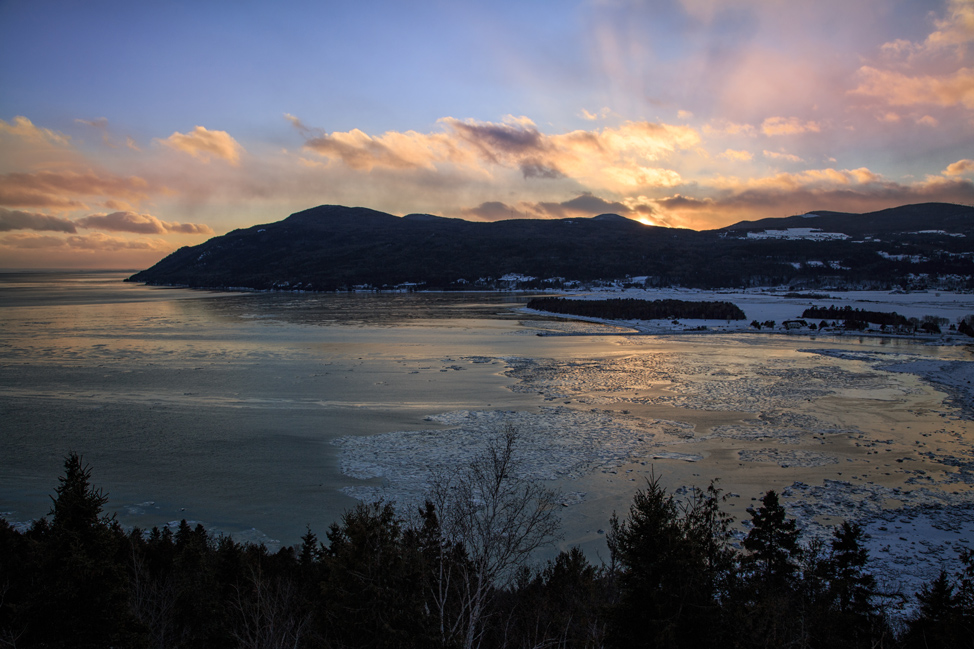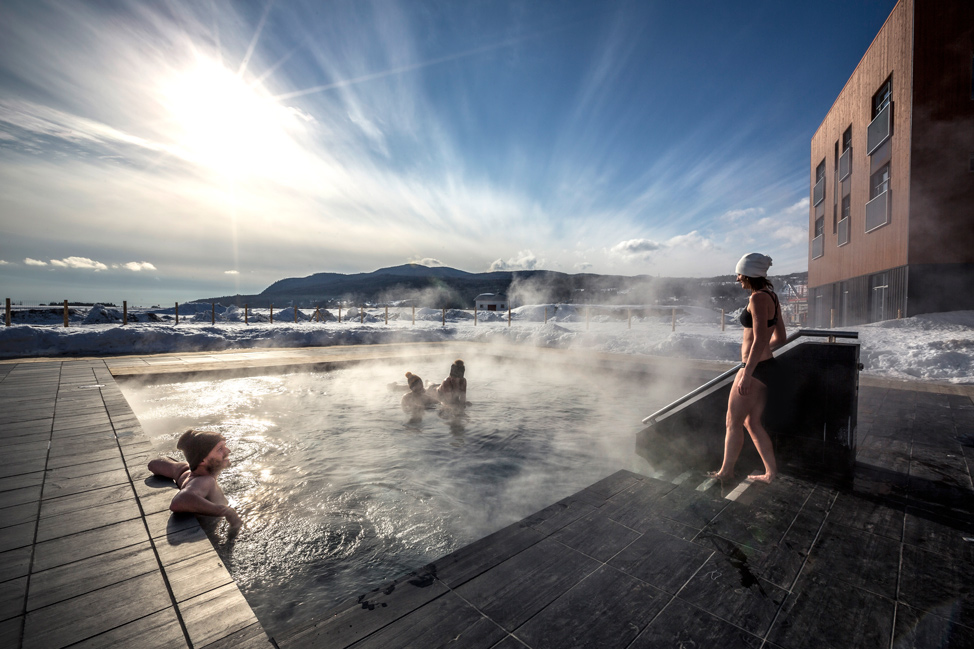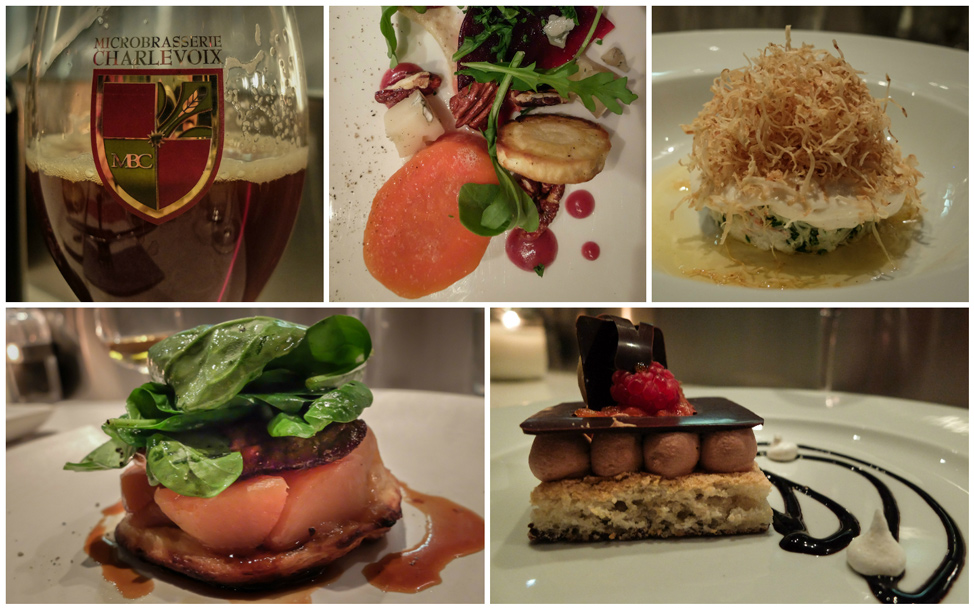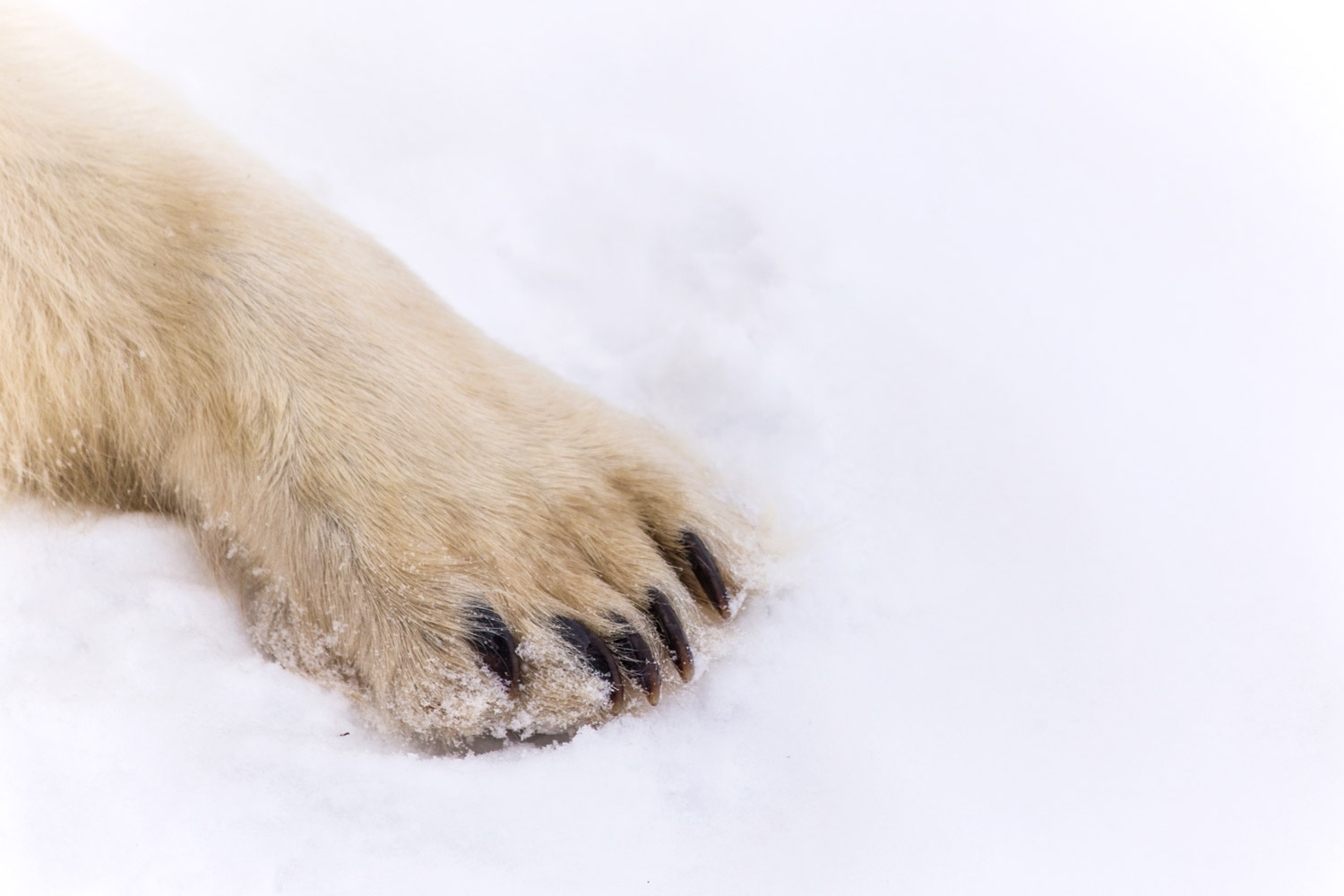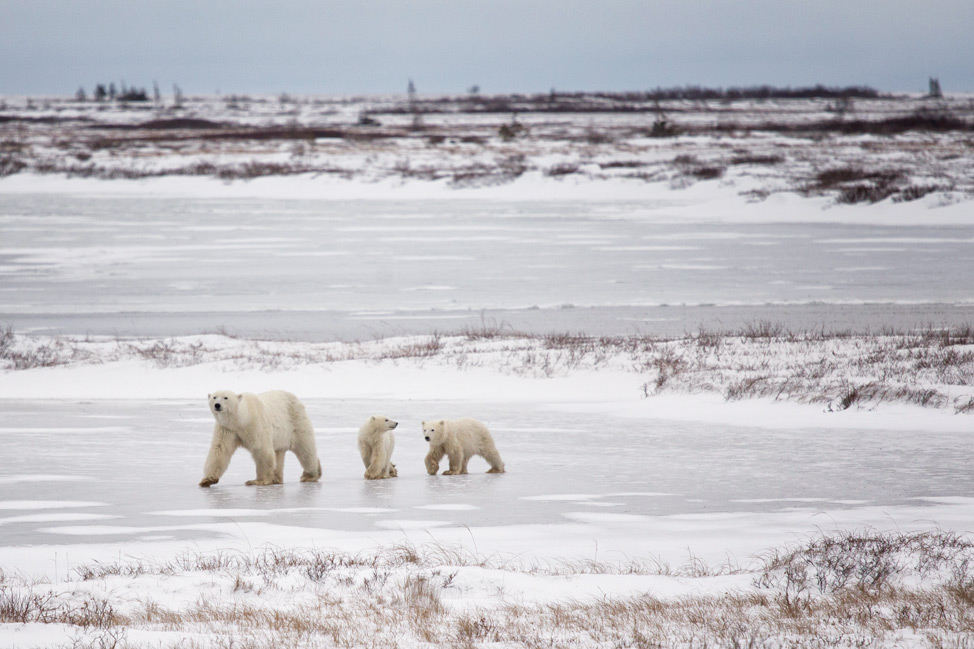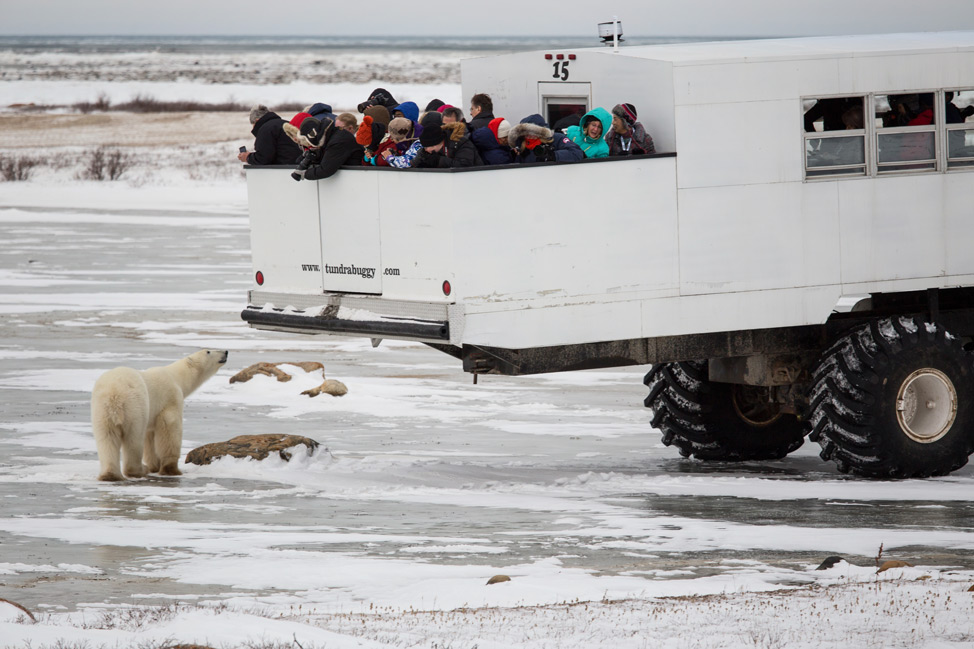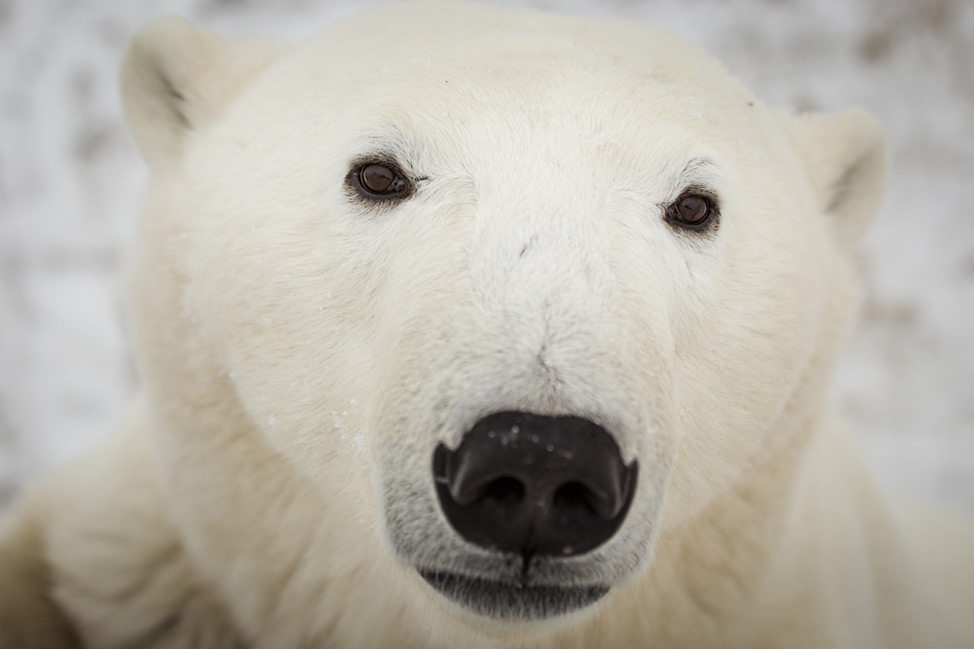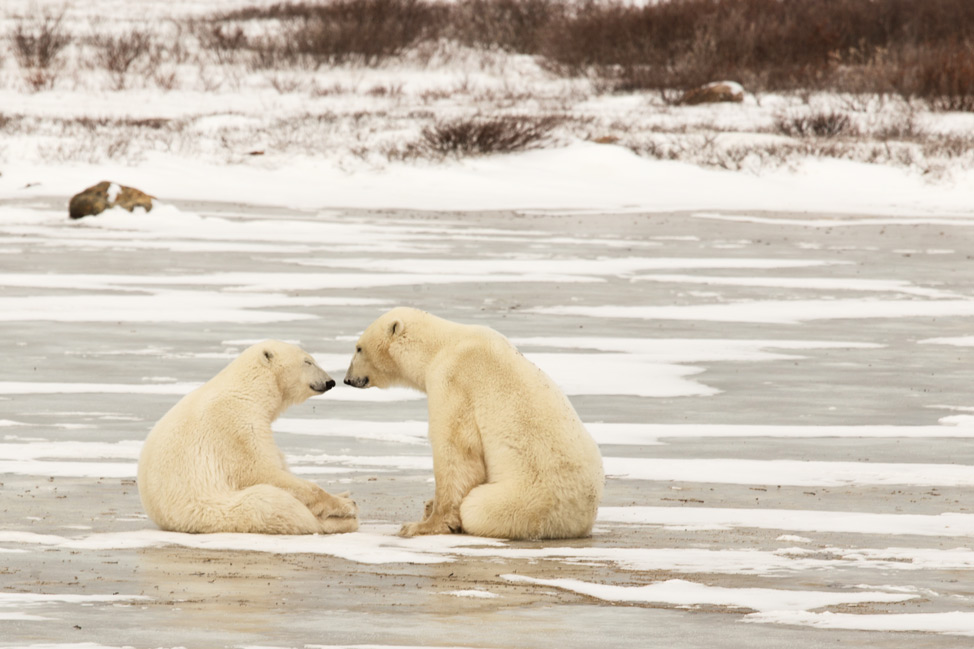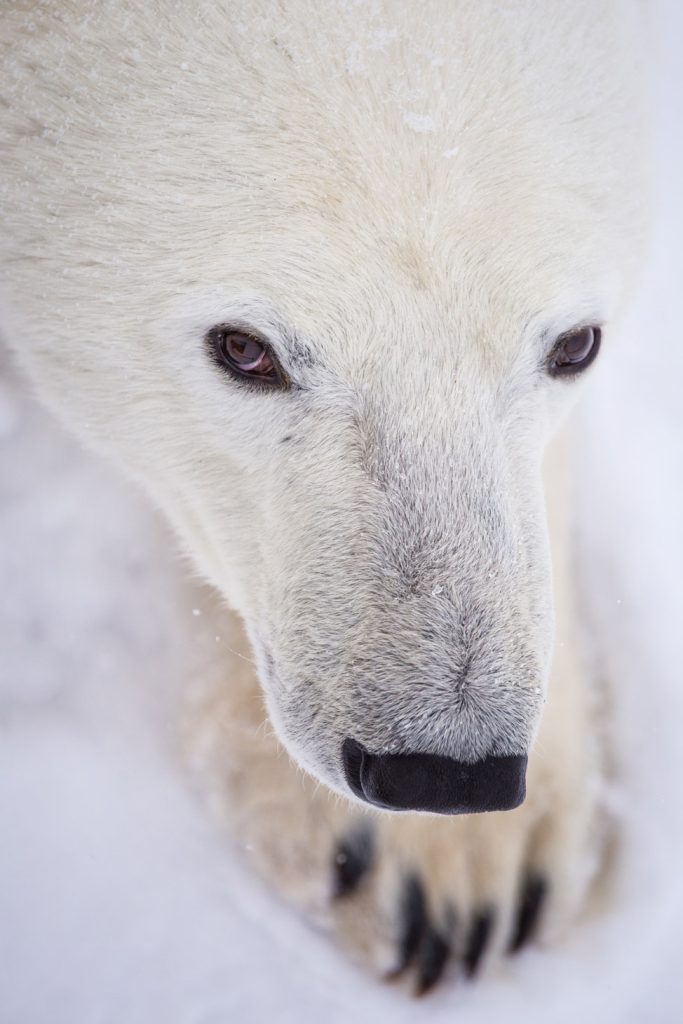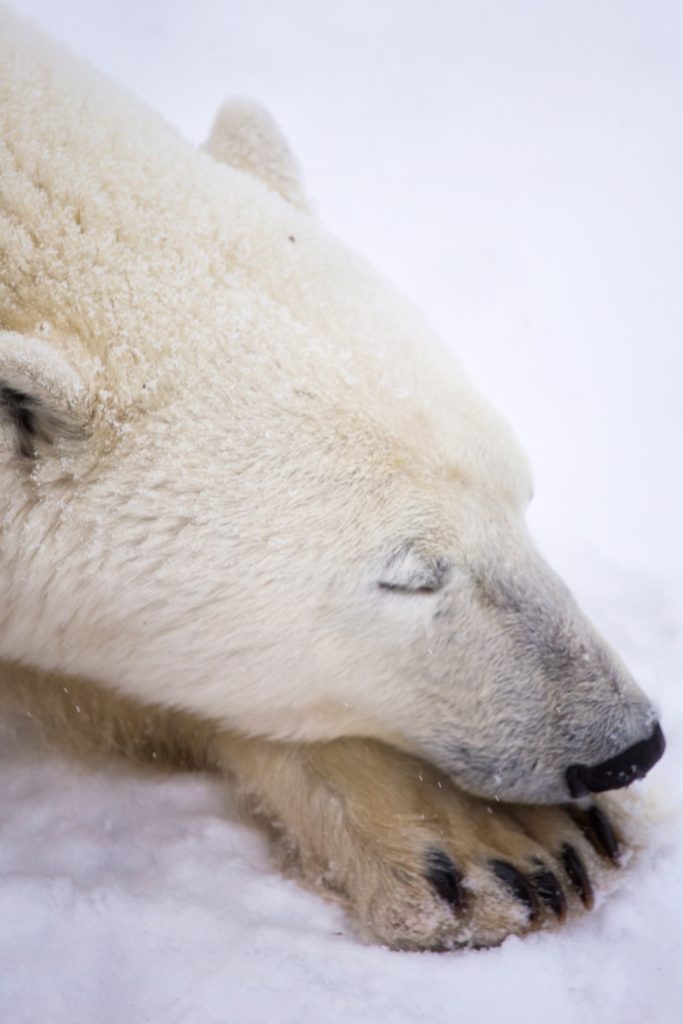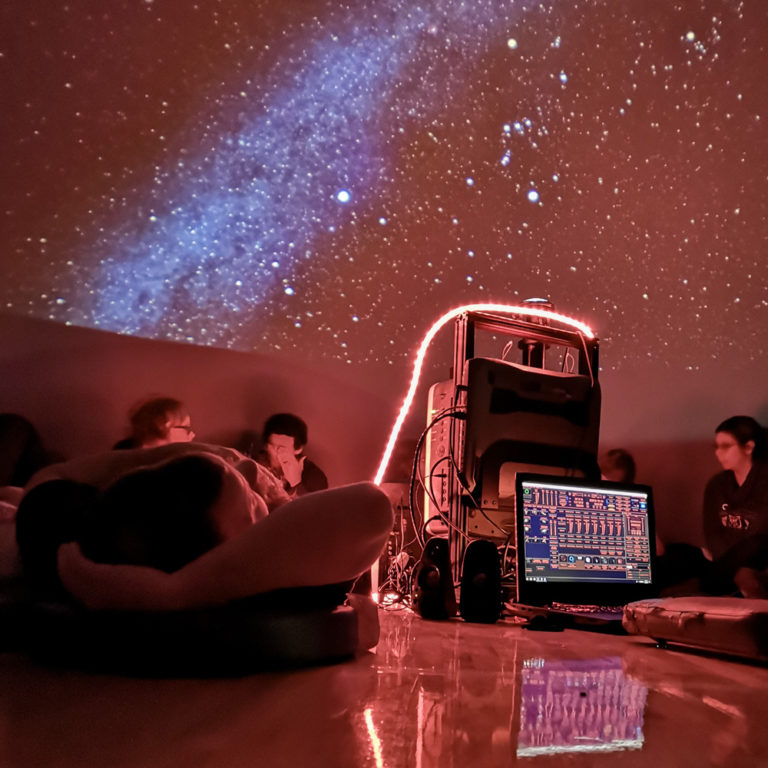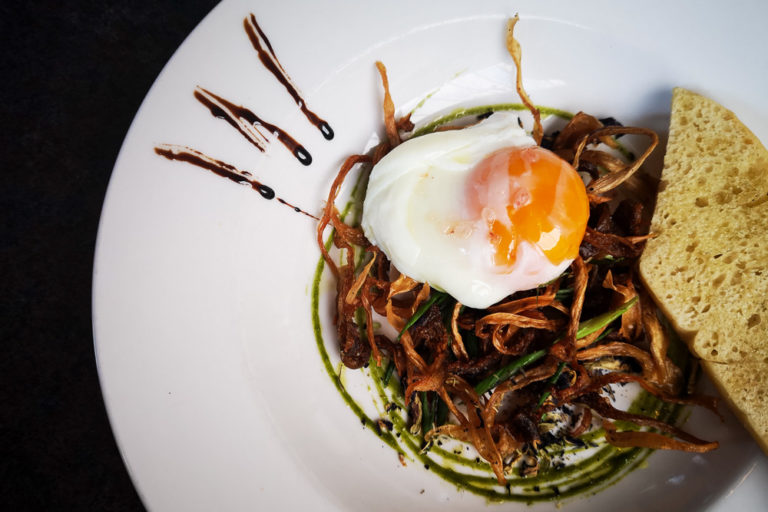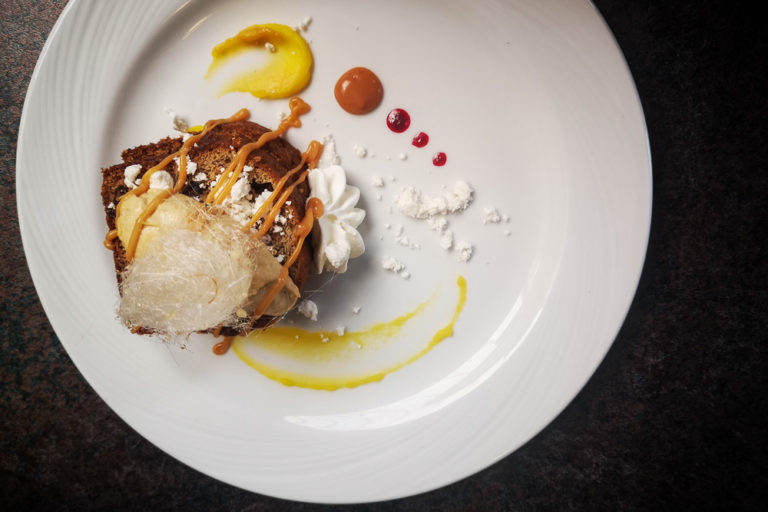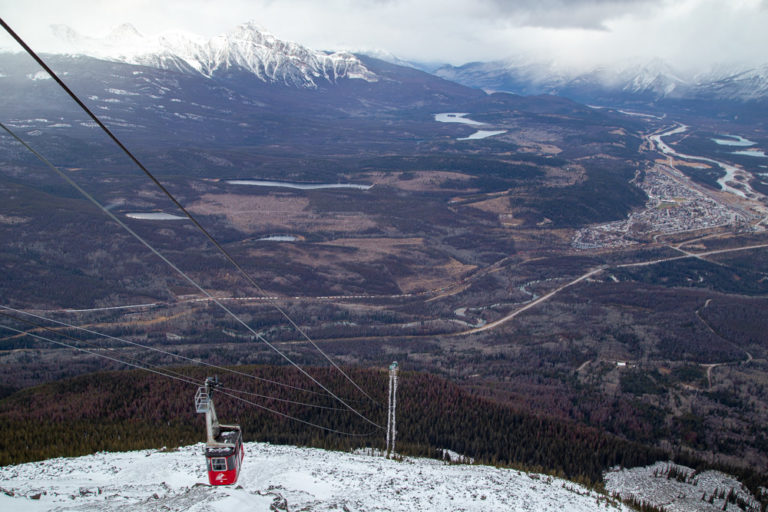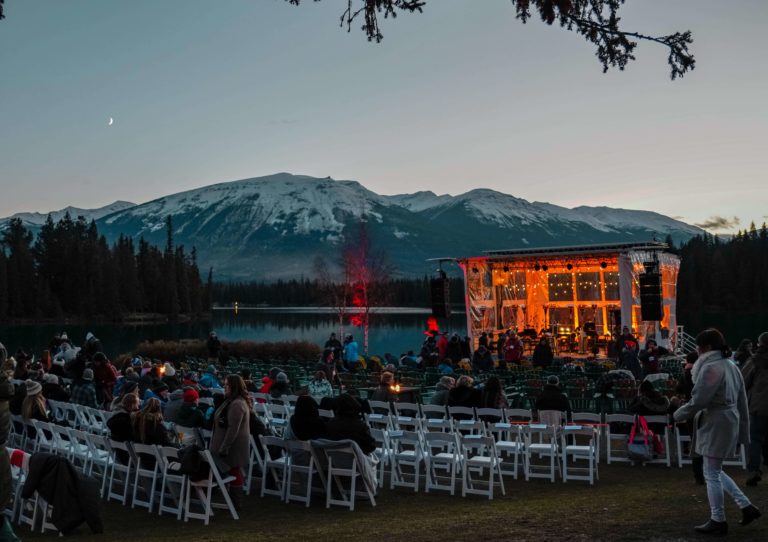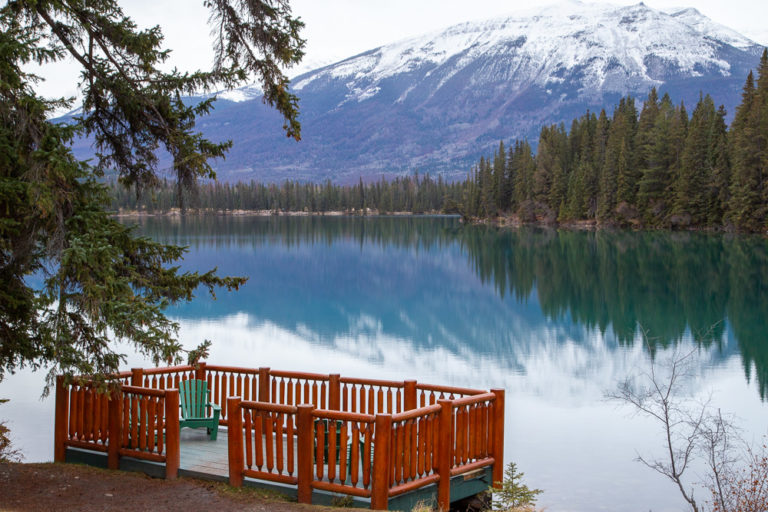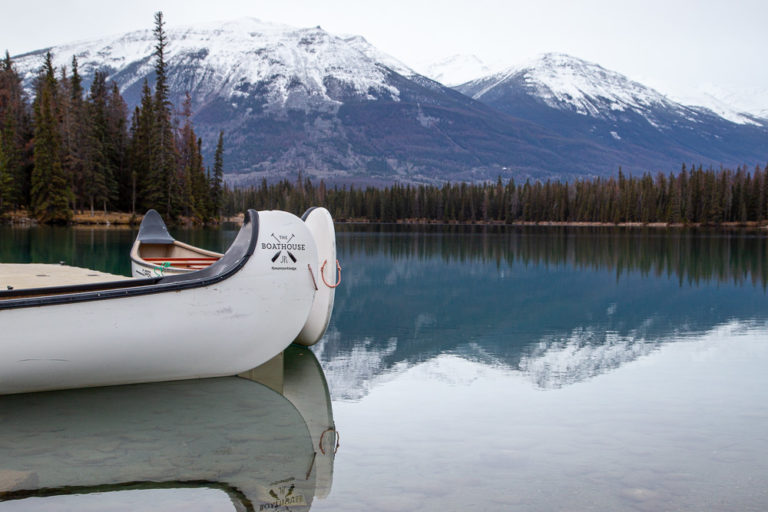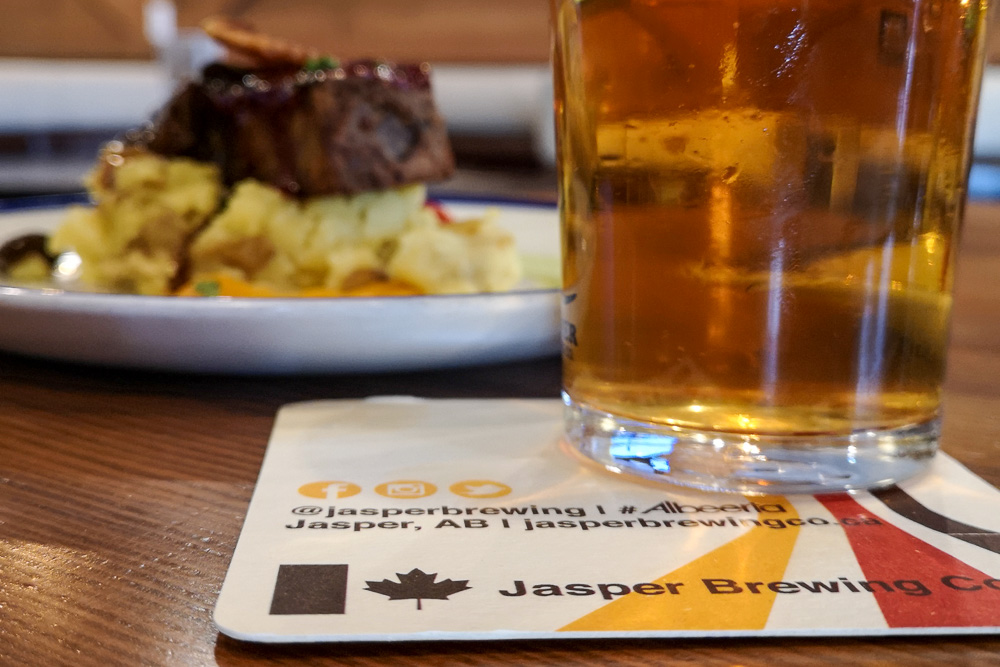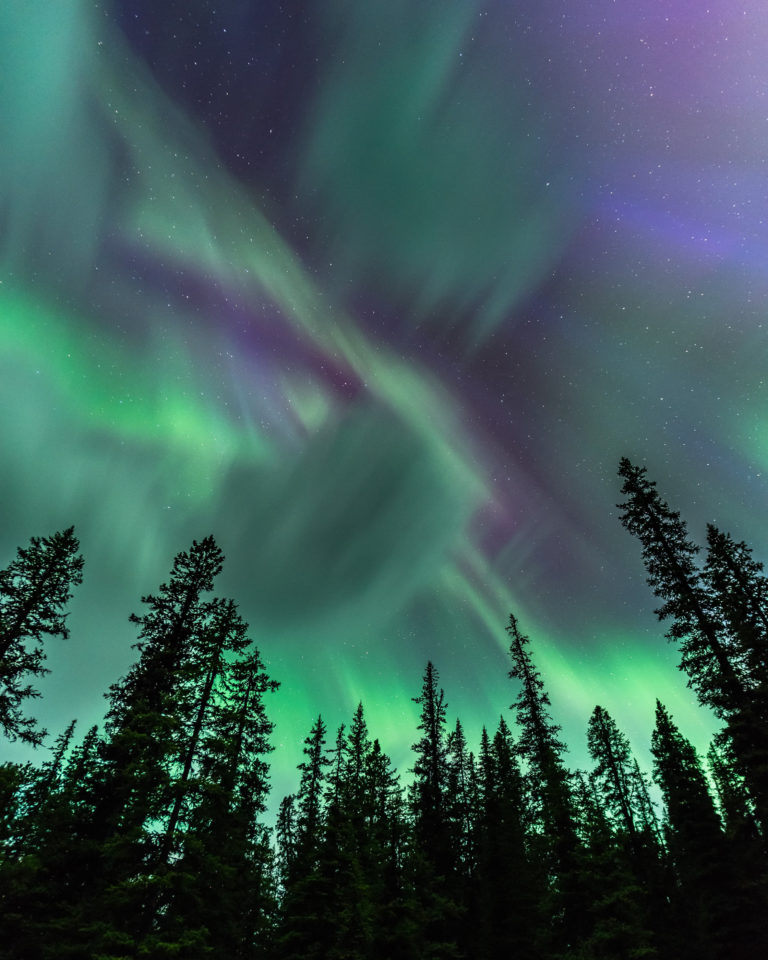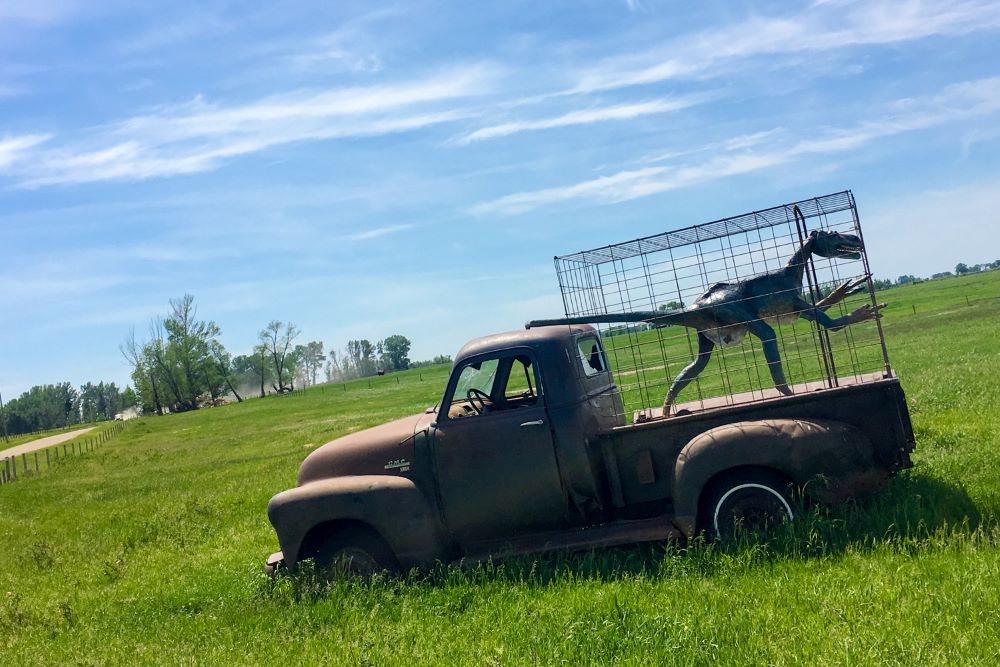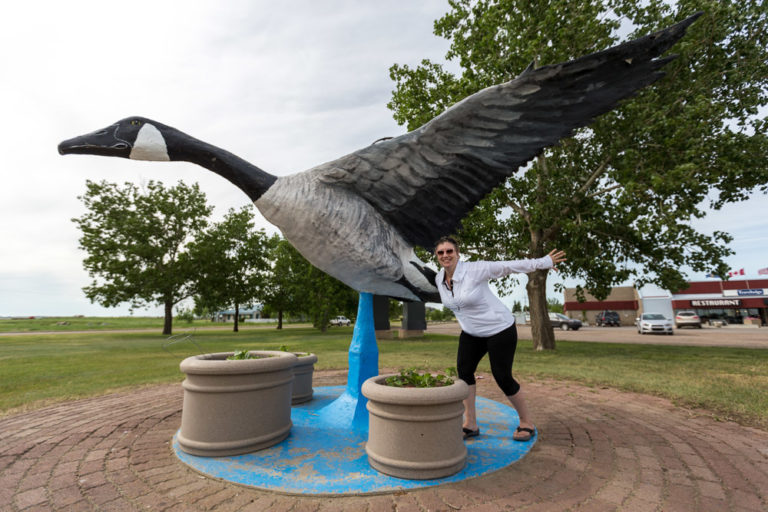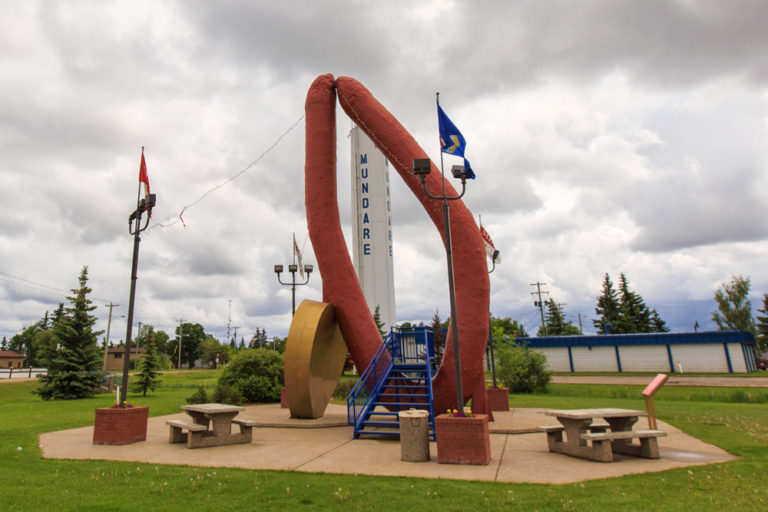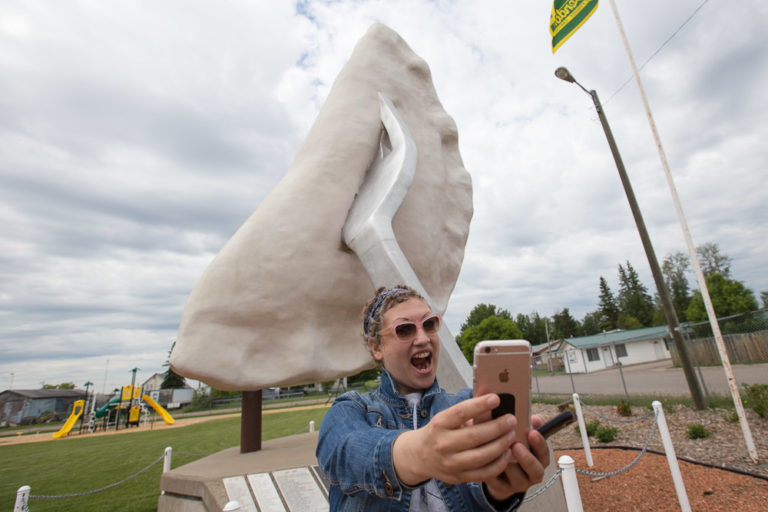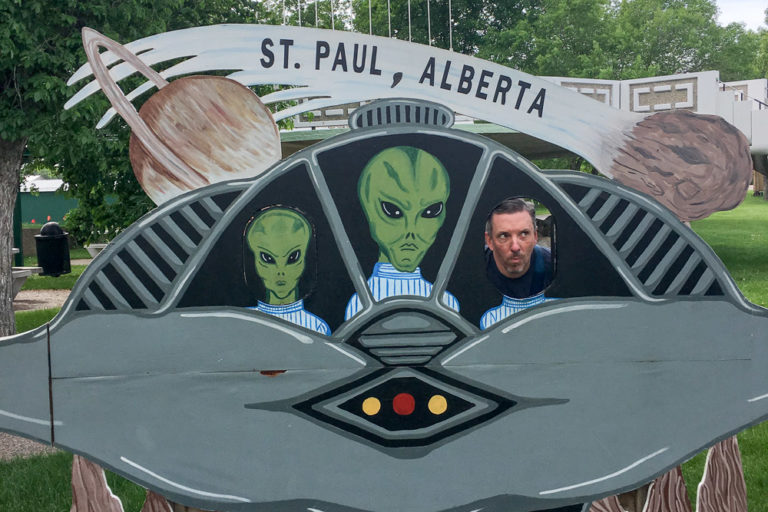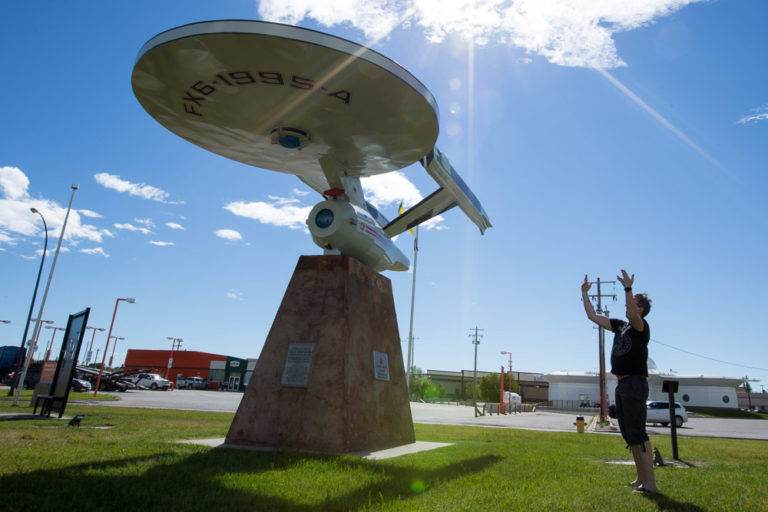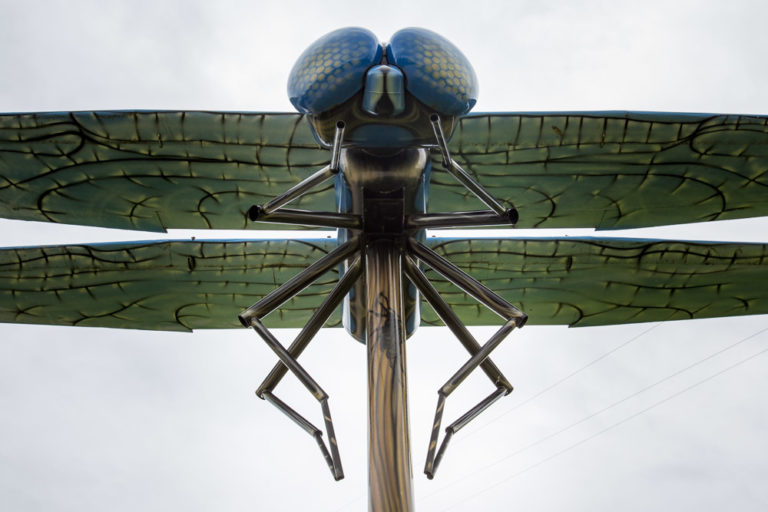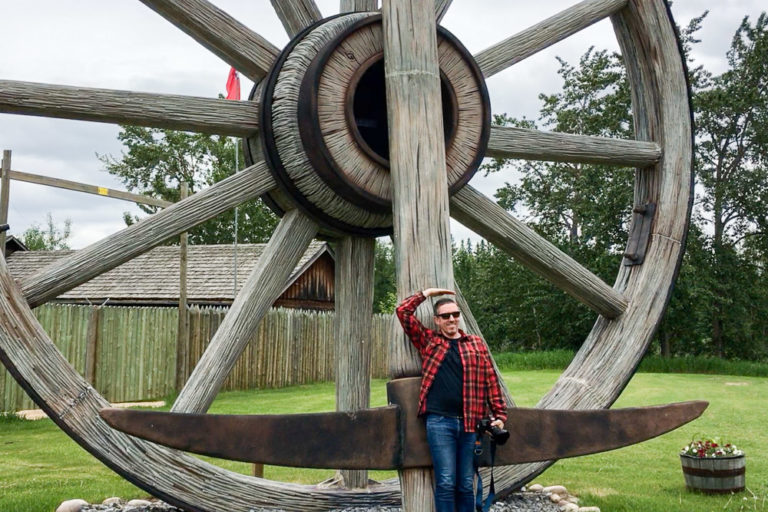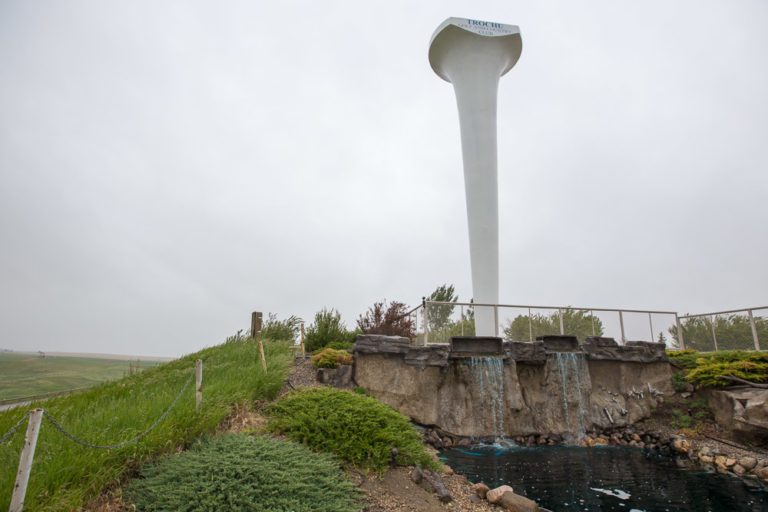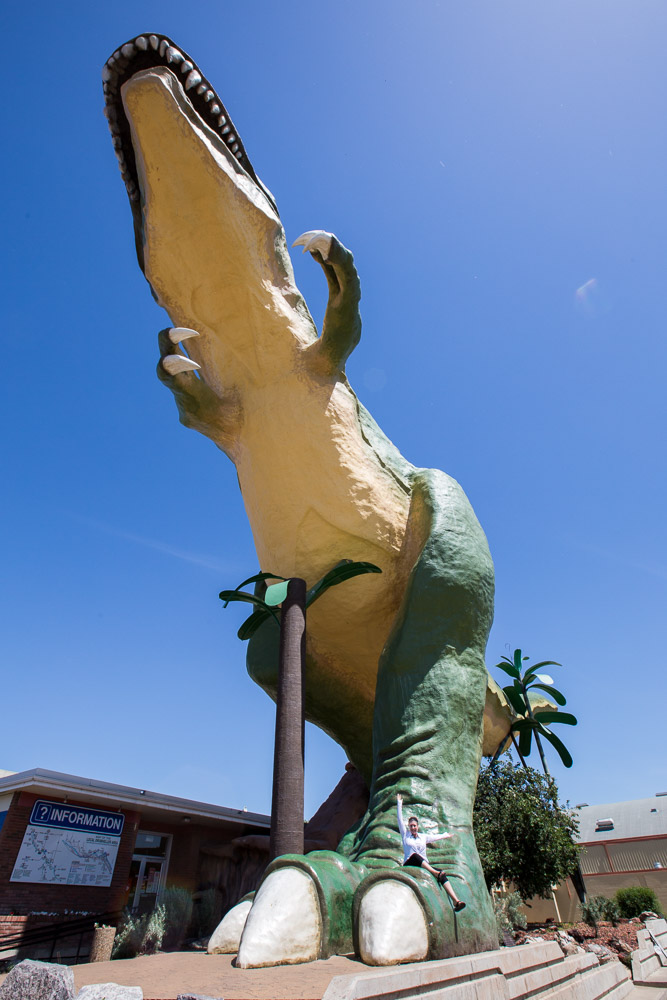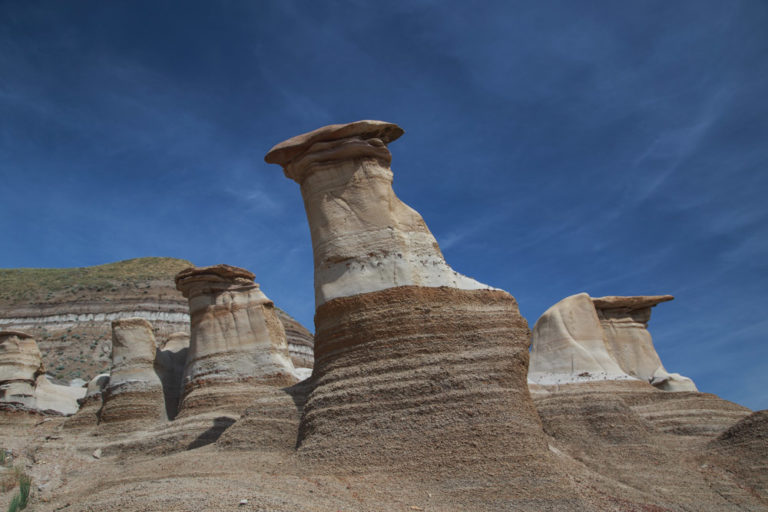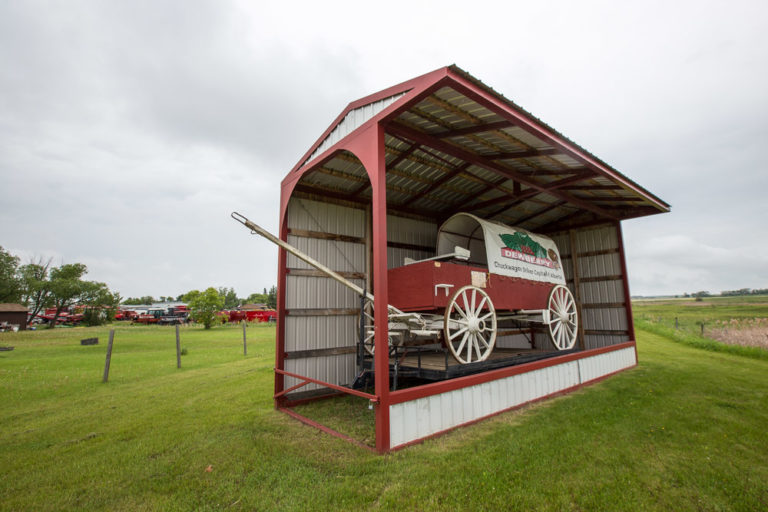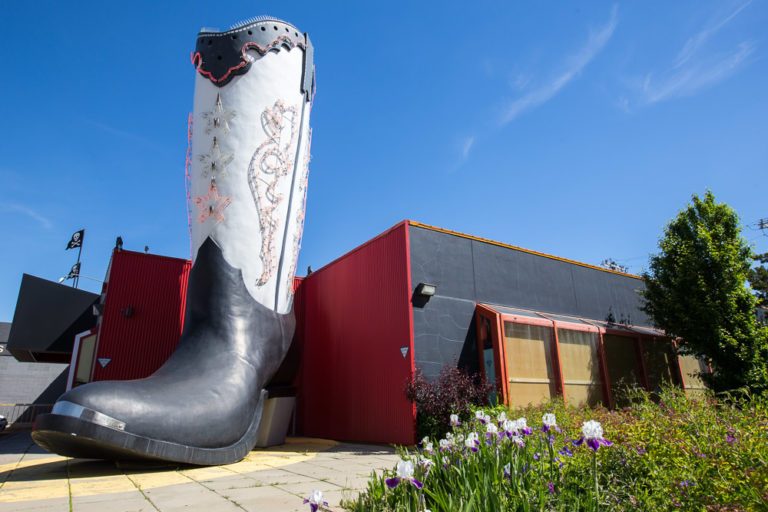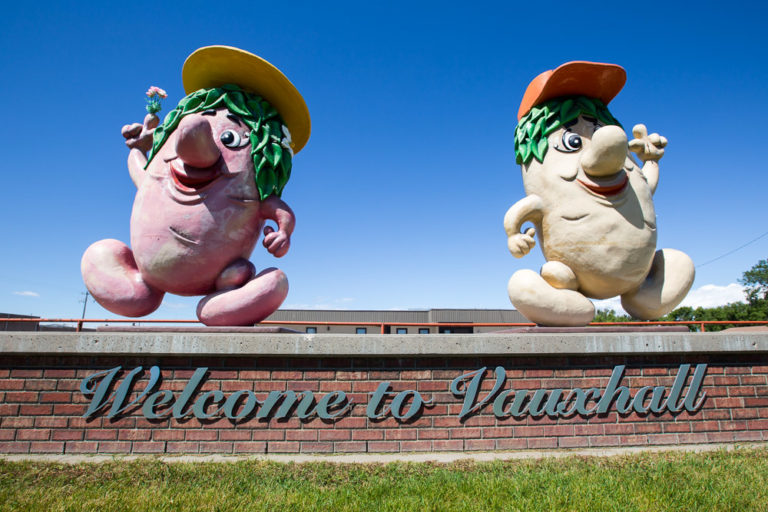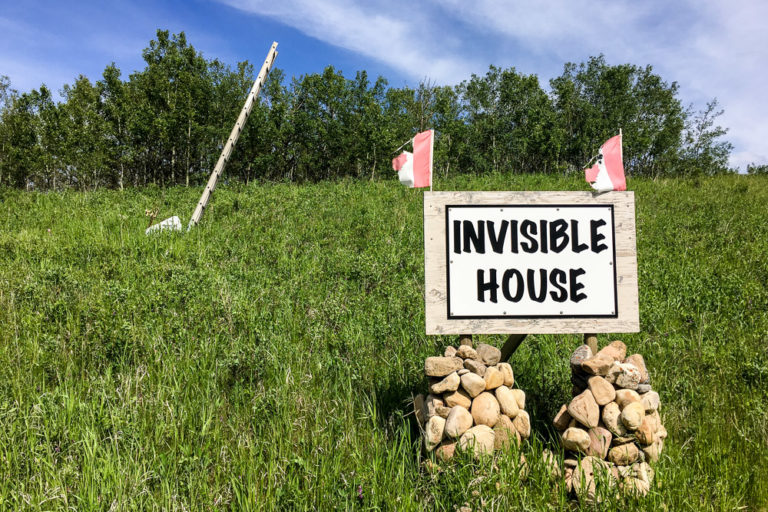We’ve been to many restaurants over the years that claim “farm-to-table” menus, and they all do provide that, to some extent. Before dining at Maison de Soma, however, we had never gone to an establishment that embraces it so fully.
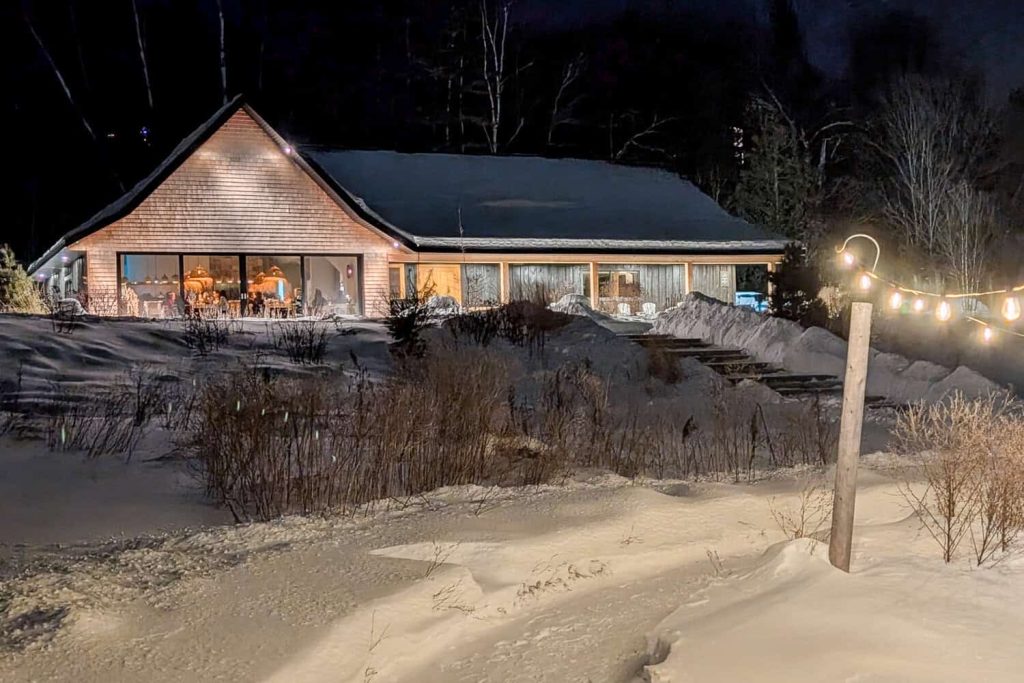

And we mean fully. On their 600+ acre farm, they raise animals and plants that provide what they serve. They have organic gardens, a nursery just for peppers (well-moderated heat is a passion of the team), orchards, and even their own fermentation lab in order to preserve their summer yield. If they can’t grow it themselves, or find it from a local producer, they don’t use it. This means no tropical ingredients including staples like citrus or olive oil. And this also means that boundless creativity is essential to their success.
Success that they have quickly found. Recently named one of the best new restaurants in Canada by Enroute Magazine, our evening sampling their seasonal menu unmistakably demonstrated why. Favourites included the mapo pork and tofu with house-baked bread, fire-rilled bison with smashed potato topped with their famous chien sauce, and steamed trout quenelles and dashi. But the stand out was the dessert: a beet and ginger cake, with cream cheese made in-house. No other meal we’ve had tasted as fresher, or as thoughtfully put together. Ever.
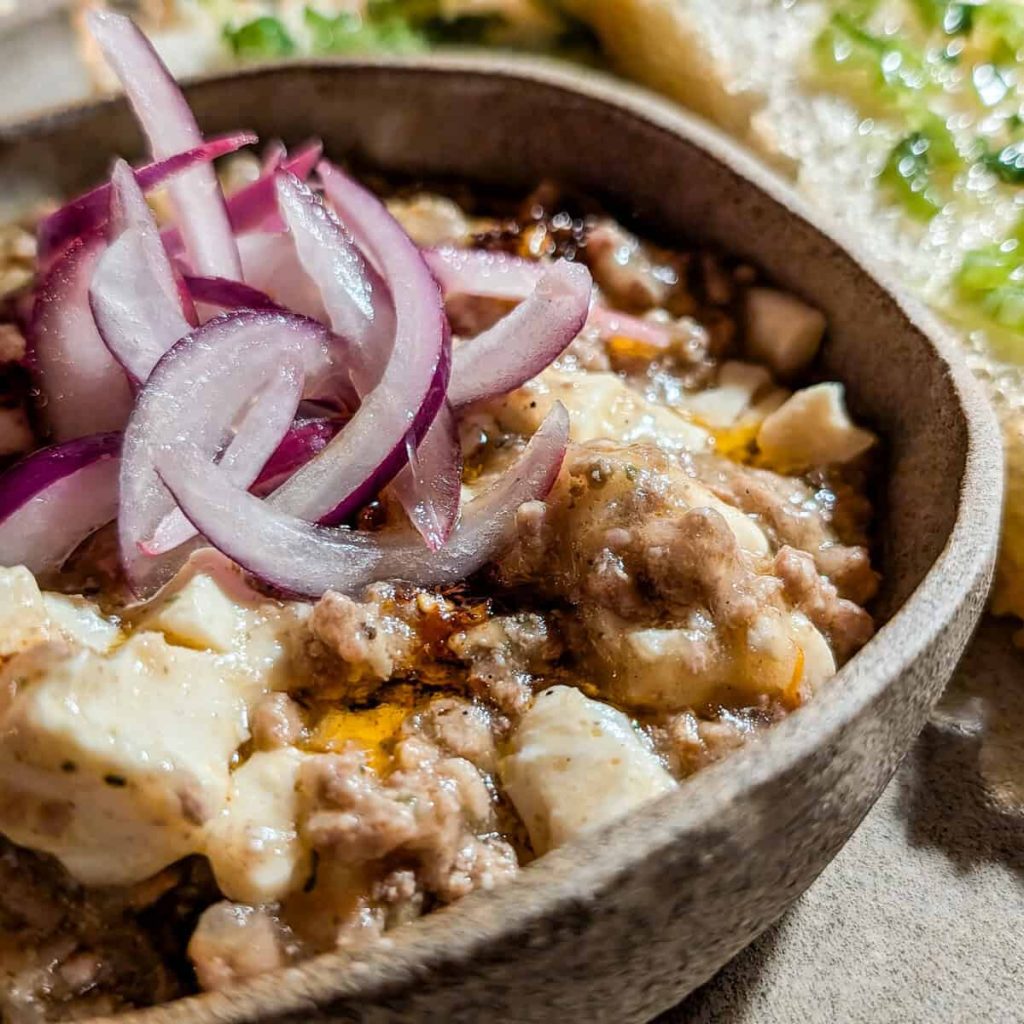
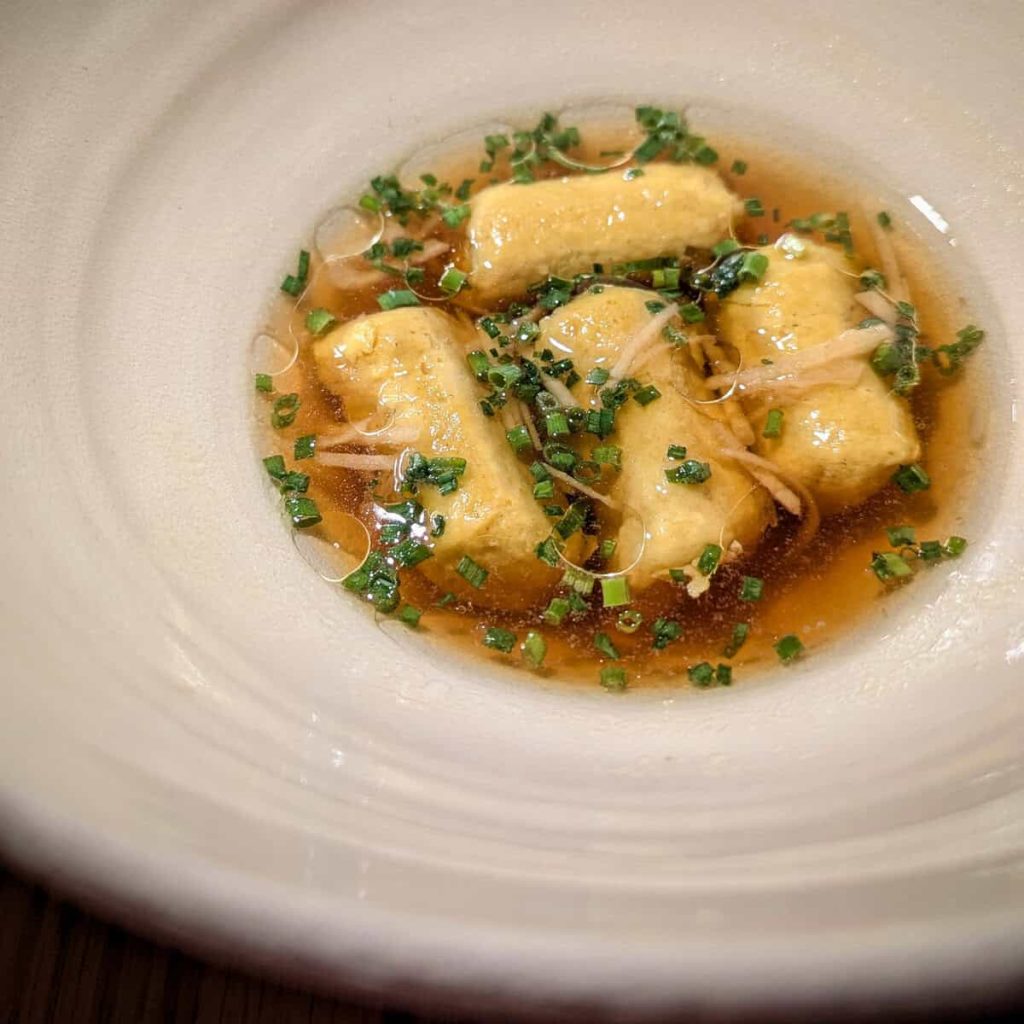

Dining at Maison de Soma was a highlight of our trip to the Laurentians, but the region’s embrace of its bountiful land does not stop there. It permeates everything they offer, and everything we enjoyed.
Other Things to do in the Laurentians
Sentier des Cimes (Mont-Blanc)
One way to fully appreciate the Laurentians is to see it from above, as such it was fitting that our outdoor adventure began with a visit to Sentier des Cimes. Its intent is to give visitors an awe-inspiring view of the region from a soaring 40-metre high tower, with mountains and lush forestscapes stretched out below.
Our planned timing may have been fitting, but the weather hampered our visit. While we made it to the top of the tower, howling wind and snow prevented us from seeing much. The photos below are what visitors would see on a better weather day.
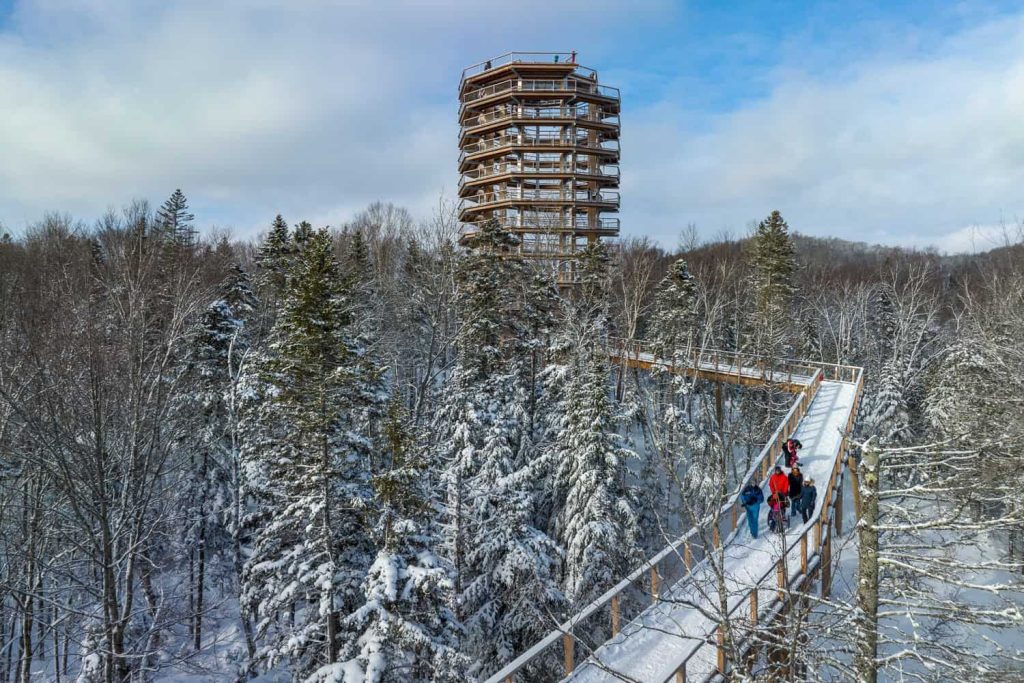
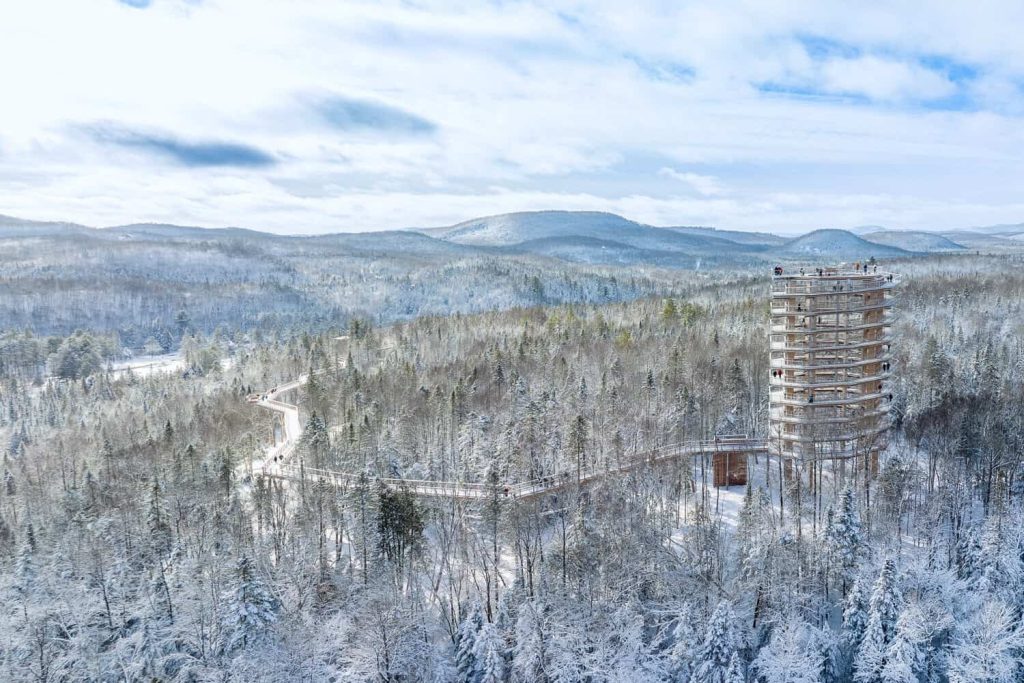
Our visit was not without its perks, however. The interactive boardwalk broadened our knowledge of the region with helpful placards, and the small bird-feeding section held our attention for as long as we could stand the cold (so many chickadees and squirrels!).
And on our return to the centre, the onsite restaurant Chez Emile warmed us up with hot apple cider, baguettes stuffed with fondue cheese and more in a picnic box, served as we snuggled up at the outside firepit with snow falling gently around us.
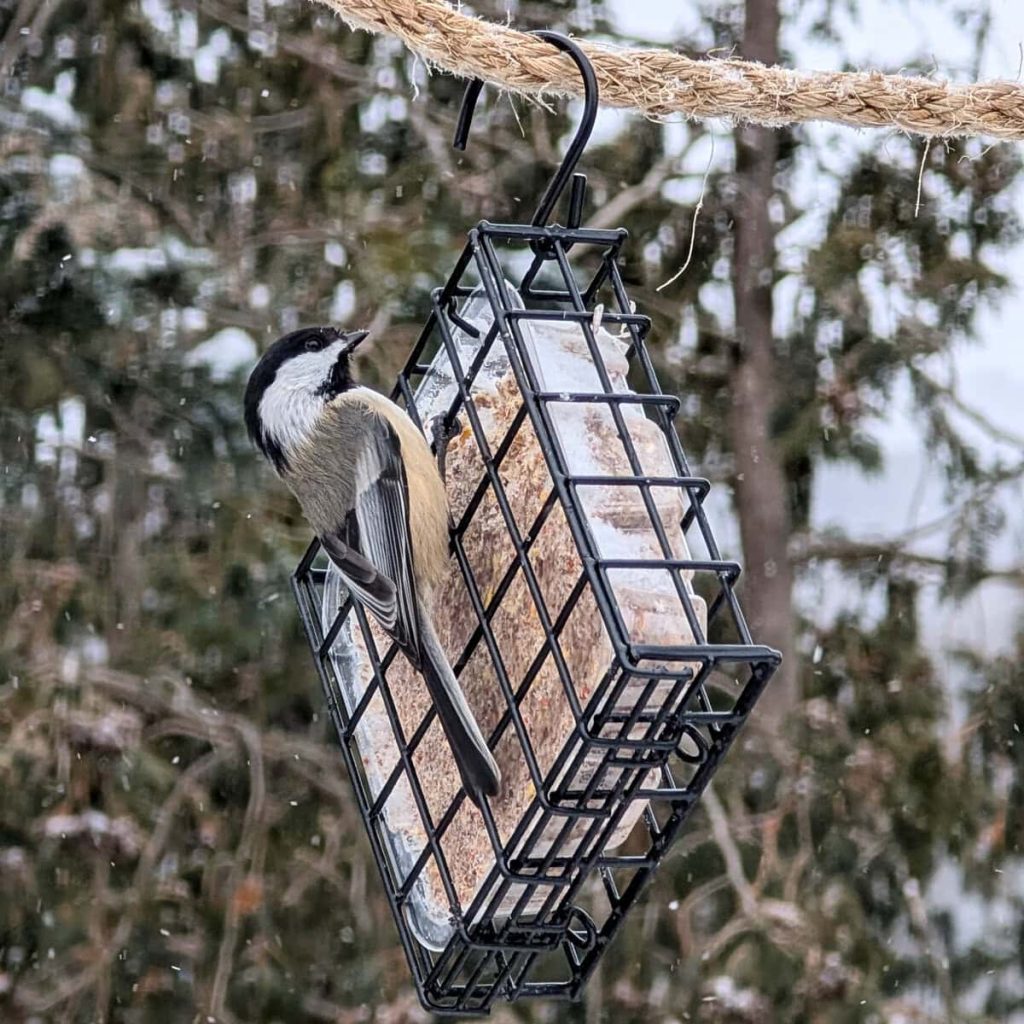
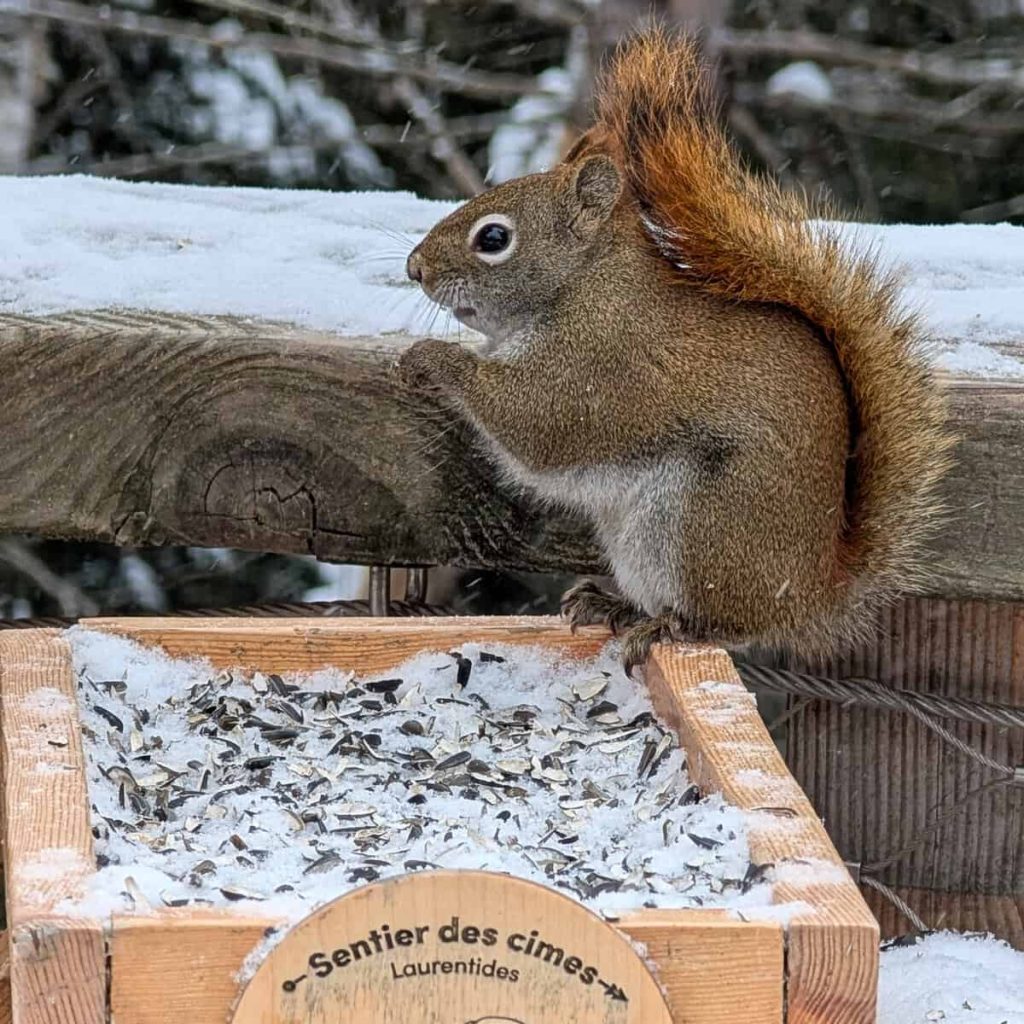

Gourmet Sauvage (Mont-Blanc)
Onsite at the Sentier des Cimes is a small gourmet shop that is unlike any we’ve seen before. Gourmet Sauvage is focused on northern gastronomy, over 100 hand-picked unique products are processed artisanally in their own kitchen. We walked away with a bagful of goodies we had never seen before: sweet clover extract, marinated hearts of cattails, balsam fir jelly, to name a few. These rare Laurentians ingredients also make their way into body care items, spices, and more.
Tremblant (Mont-Tremblant)
The raison d’être for many visitors to the Laurentians region is to spend time at the Tremblant resort. Justifiably so, careening down the slopes of Mont Tremblant by ski or snowboard is a worthy endeavour (as Pete can attest to), and there is a lot of fun to be had in the small pedestrian village, even for non-skiers.

Scandinave Spa (Mont-Tremblant)
This Nordic spa is so close to Tremblant, it should be a required visit for any resort vacationers. The afternoon following Pete’s time skiing, we booked in for a few hours in this nourishing and relaxing outdoor space. We’ve been to several of these types of outdoor spas now, but this might be our favourite for two notable reasons. First: the layout, with small breakout spots everywhere, it is conducive to finding an intimate corner to wile away time in. Second is the spa’s commitment to providing the utmost tranquil environment; despite asking all to be quiet, it is inevitable that some patrons will talk during their visit. However, in some parts, any conversation is barely discernible due to the excellent use of waterfalls which also provide essential white noise.
One other unique feature is their fitting embrace of their environment in the form of a dip in the river. Cold showers and plunges, essential to the full thermal cycle experience, are common at Nordic spas, but none that we have been to in Canada included the natural environment like this. We didn’t partake (the temp was just at the freezing mark), and instead spent most of our hours rotating from hot pool to comfortable loungers under the heat lamps. Pete, ever the adventurer, plunged in the cold pool twice (at a more palatable 10C). He was refreshed, alert, and became fully relaxed after doing so.
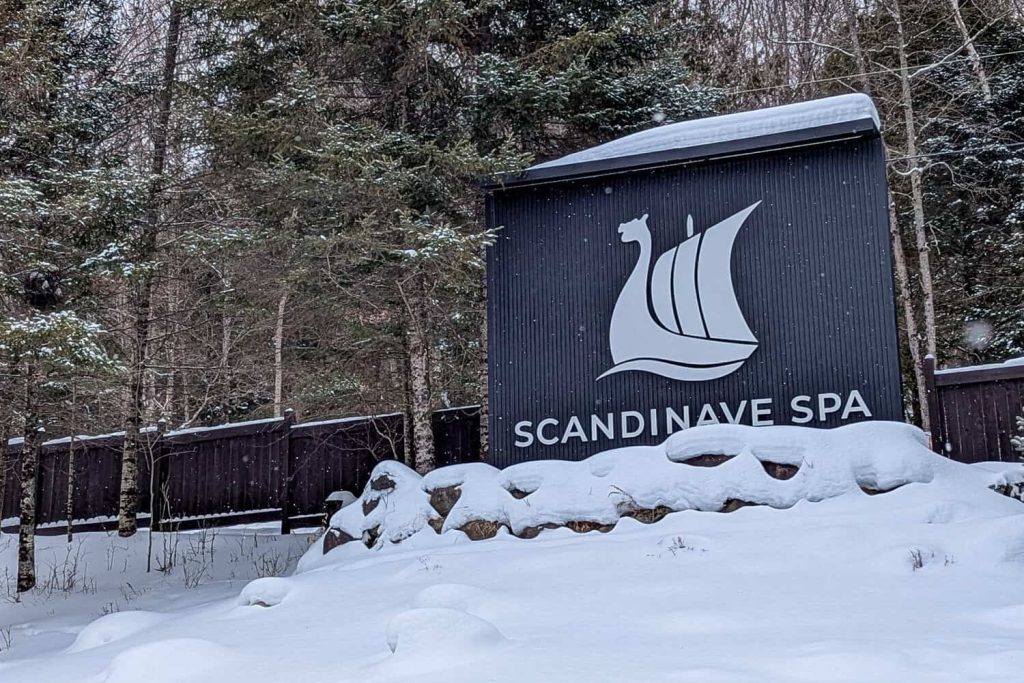
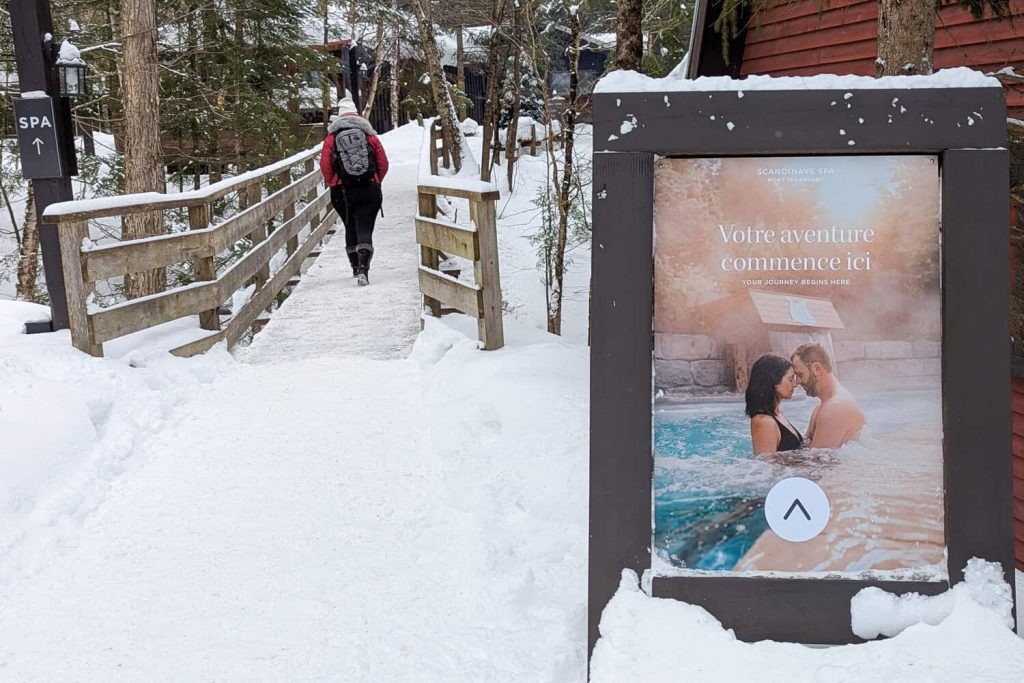
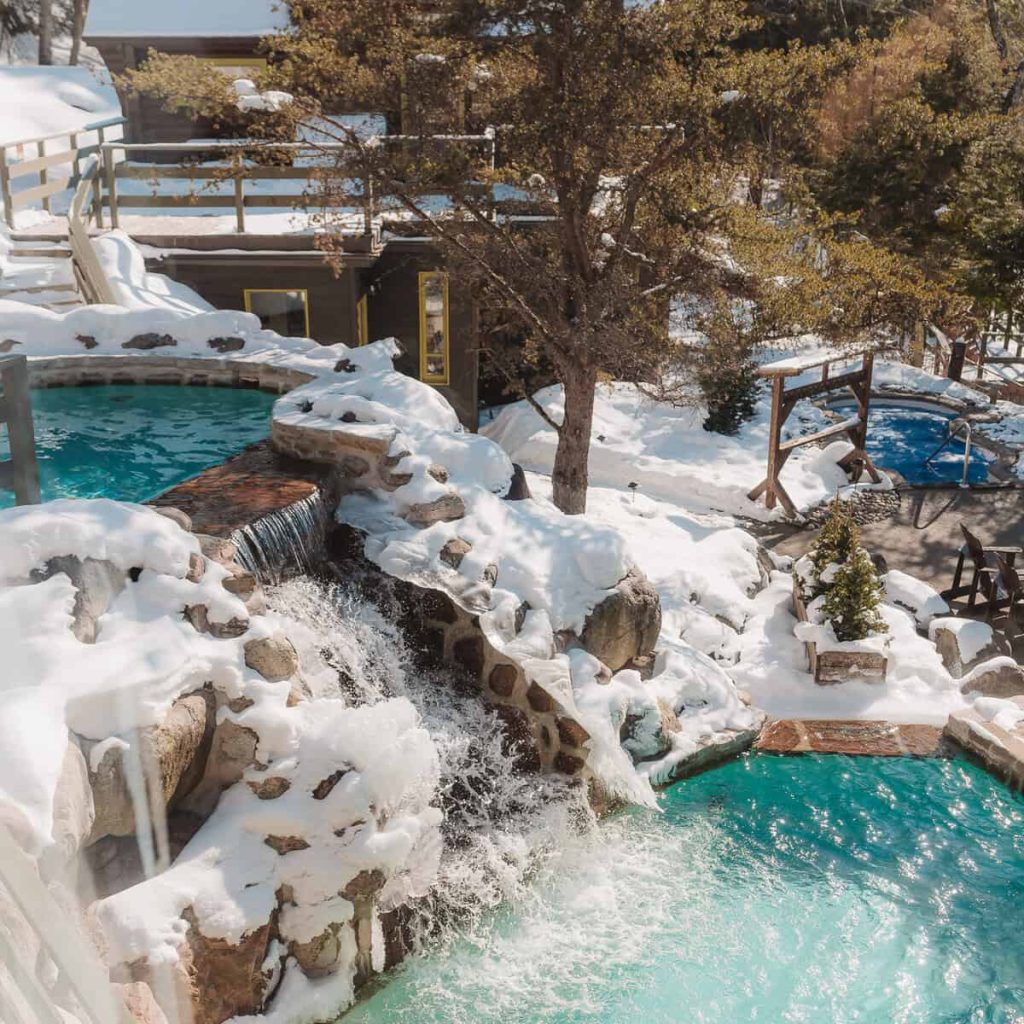
Kanatha-Aki Nature Centre (Val-des-Lacs)
Kanatha-Aki is a centre that provides visitors all kinds of opportunities to connect with nature. For us, it was via a morning of dogsledding.
This was a nostalgic experience for me. My family had two sled dogs for a short while growing up: Gopher and Babes. At first sight of their harnesses, they both would howl in anticipation, knowing that my sisters and I were about to hook them up to our toboggan to go for a run. We’d whip around the snowy streets of our small hamlet, and undoubtedly end up tangled around the one stop sign in town thanks to Babes (Gopher was older and well-trained).
Our sled dog team from Kanatha-Aki, led by their owner Felix, was just as excitable, but much better trained. Ice Cube and Hannah Montana, along with eight other dogs with rock star names, raced us around the maze of paths near the centre. The snow was plentiful and the sky was mostly blue, which was the perfect combination for a beautiful morning spent there. After our hour with the dogs, we were treated to a fondue lunch inside the cozy lodge, and warmed ourselves with the company of other visitors and the charming atmosphere.
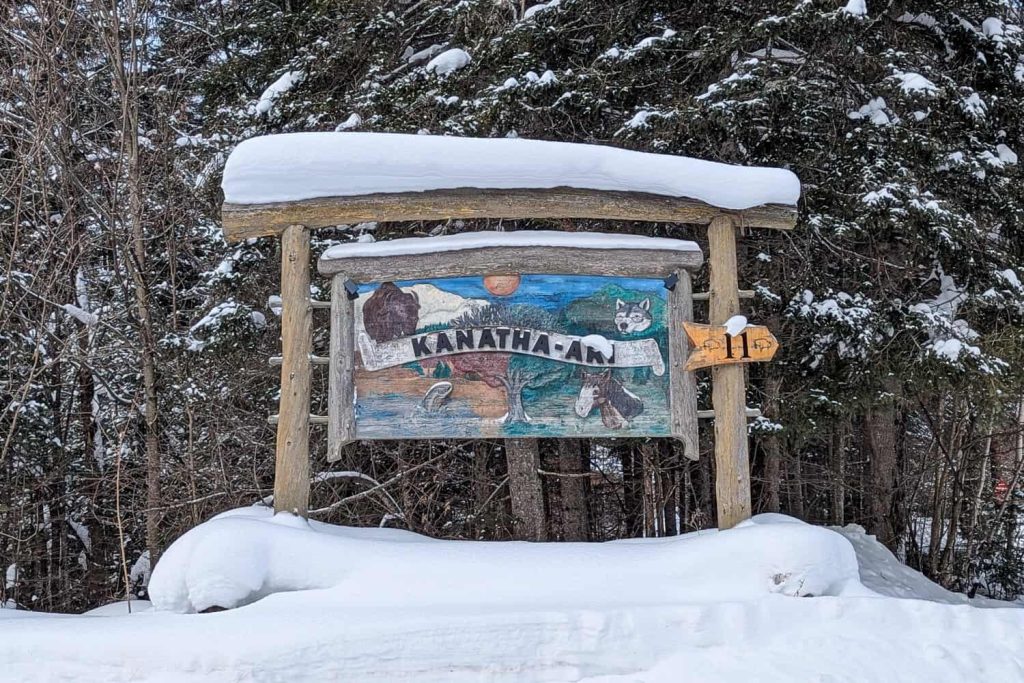
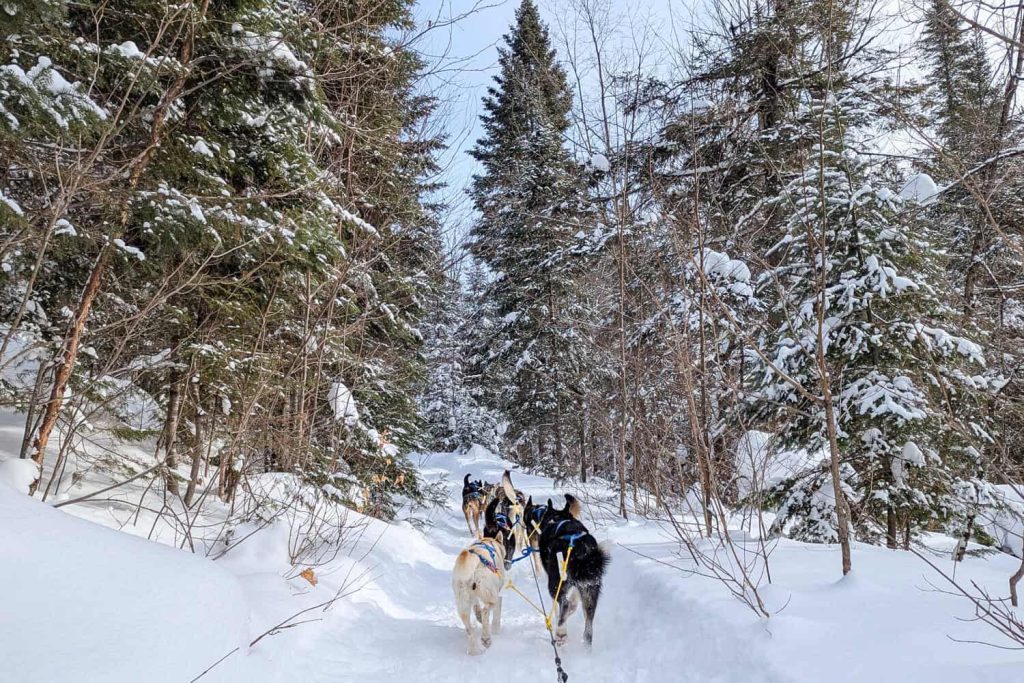
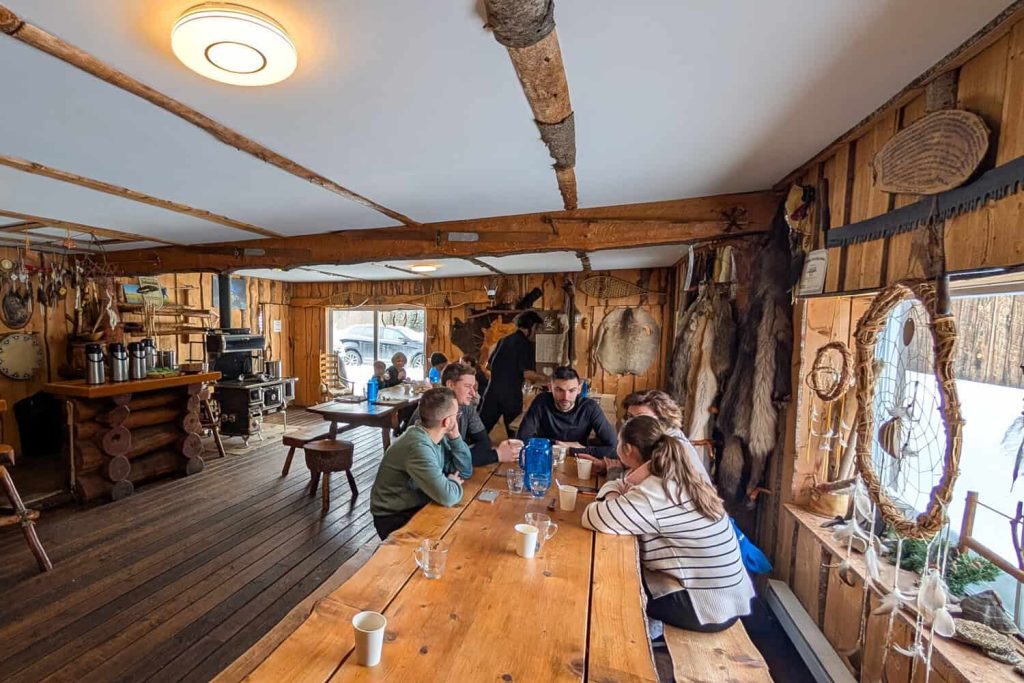
Au Petit Poucet (Val-David)
A first thought of many people when discussing Québec, both in Canada and abroad, is that of maple syrup. And that thought is not misplaced: Québec produces 90% of Canada’s syrup from its vast forests, and the province is the leading producer in the entire world.
And while you may be hard pressed to find a menu in the Laurentians that doesn’t include maple syrup in some capacity, any visitor to the region then should make a stop at Au Petit Poucet to see it in a variety of forms, in complete kitchsy Québecois glory.
The restaurant is a wood cabin adorned in buffalo plaid, complete with cracklin’ fireplaces and many spruce and pine boughs, a stuffed bear, a stuffed moose head, and hunting and trapping tools hanging on walls. The menu is dense and full of traditional items; it’s a great place for any visitor to try their first tourtière or sugar pie, and you can even get the maple syrup taffy experience brought to your table (where maple syrup is poured over crushed ice and rolled up on a stick like a lollipop as it hardens).
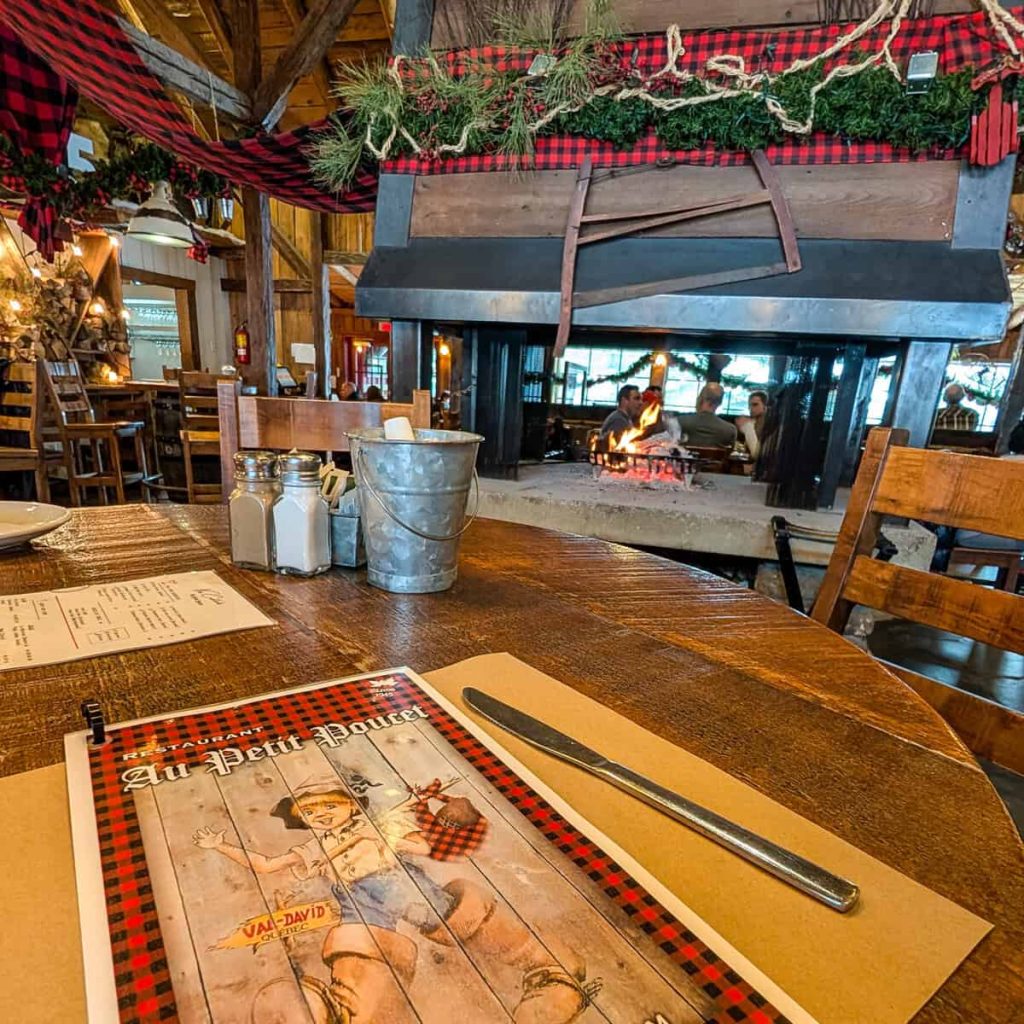
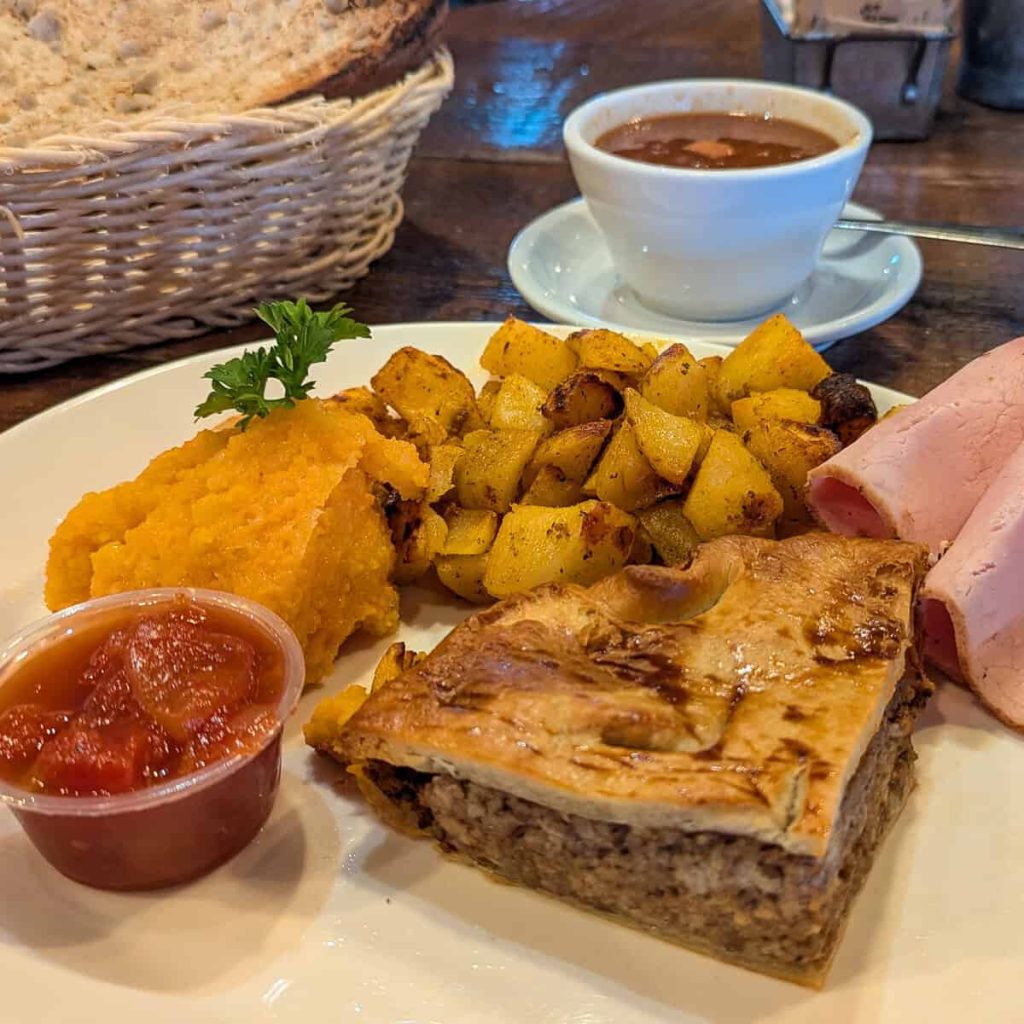
The town the restaurant resides in, Val-David, is a charmer all its own. The small village boasts a surprising number of attractions given its size, and we spent an hour hopping into stores on the main street. Some intriguing ones were sadly closed during our visit, and when we asked one store attendant about things to do in town, she first asked how much time we had. Beyond the town’s borders is a wilderness set up for playing in – think oodles of cross-country skiing trails in winter, and bike or hike trails in summer. And that’s just for starters.
Héli-Tremblant (Mont-Tremblant)
Our last planned activity in the Laurentians had us viewing the region from above once again. Our brief, ten-minute journey by Héli-Tremblant took us over the roads we drove in on, the tower we climbed, and the mountain that Pete skied down. Much of the area, covered in a thick layer of white snow, looked graceful and inviting, which was symbolic of our previous three days, including the many engaging people we met.
I couldn’t help but wonder about summer and autumn though, to see this region explode in greens, golds, and reds would be a marvel. We are both eager to return to the Laurentians and find out.
